Many athletes love looking for new technology which might give them a small edge or marginal gains.
Companies that make breathing trainers often claim their products do just that, particularly targeting those in endurance sports.
But do they really help when it comes to performance? Built for Athletes takes a look.
What Is A Breathing Trainer?
Breathing trainers are devices that aim to strengthen the muscles we use to breathe. They are often used to help sufferers of lung diseases such as asthma or bronchiectasis, or people recovering from chest infections.
They are sometimes even recommended by NHS doctors and received a surge in demand after the COVID-19 breakout.
Popular brands include Powerbreathe and Airofit, who claim their sophisticated technology can also help athletes to train their respiratory muscles so they can perform better during exercise.
It might sound a bit too good to be true, but the logic is that breathing muscles need training just like any other part of the body.
Do Breathing Trainers Work For Athletes?
Brands often promise big returns in performance if you buy their product and commit to using a breathing trainer regularly. They usually produce their own studies about how effective the devices are, but what objective evidence is there that the trainers actually work?
Well, while there hasn’t been much research into the area, there are some scientific studies worth looking at.
A small Australian study in 2014 examined the effects that training with a POWERbreathe device had on soccer players during preseason. They found that the device did result in a small improvement in distance running performance.
And a similar Russian study which was published in Body Metabolism and Exercise a year later found that young fit men improved their performance when cycling to exhaustion after three weeks of training on a POWERbreathe. Respiratory muscle fatigue also kicked in later.
So in the little research available there is some evidence to suggest these devices can improve performance in endurance sports. Obviously they’re unlikely to help you take a huge chunk off your PBs on their own, but they could be worth exploring if you’re interested in trying new tricks that can help you gain small advantages.


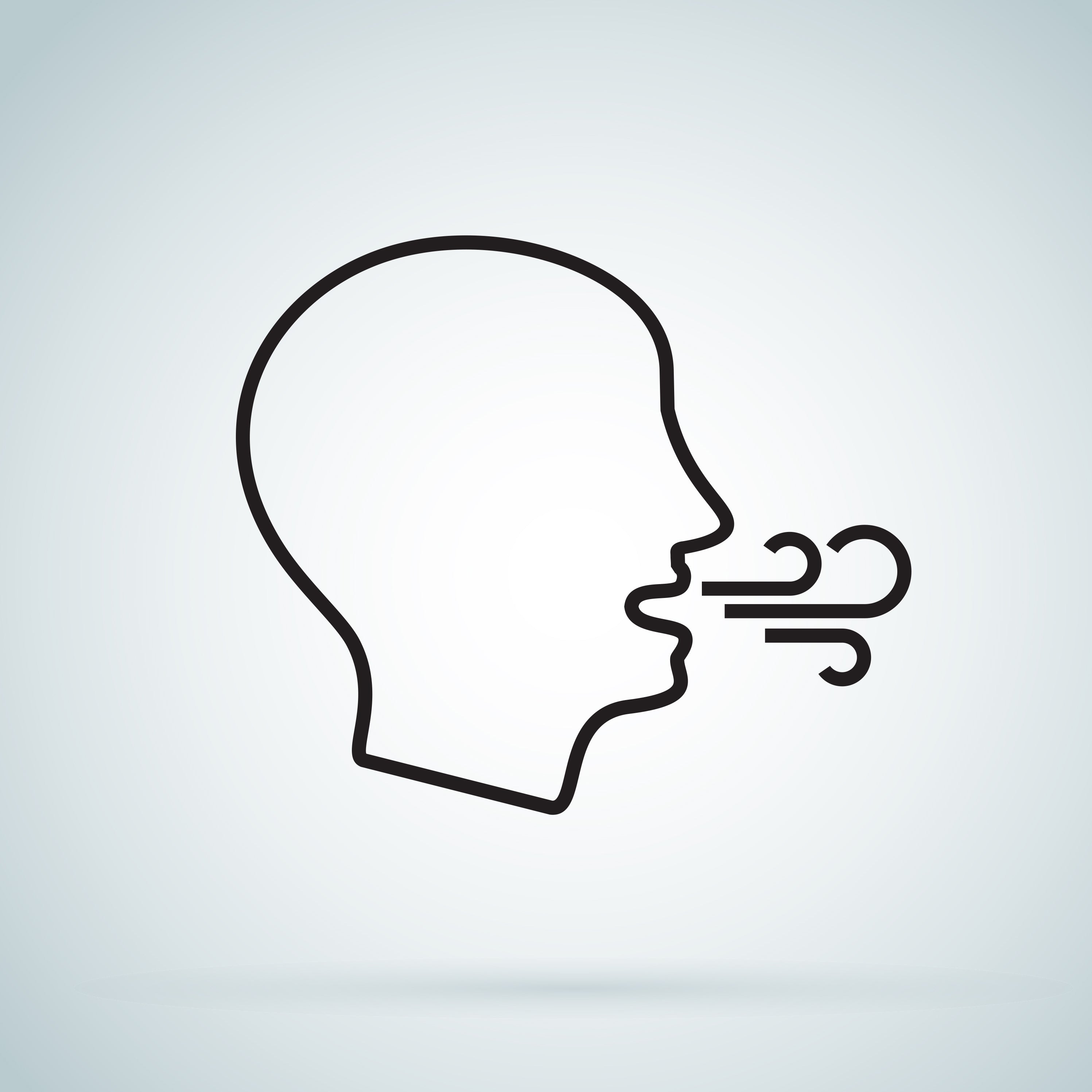
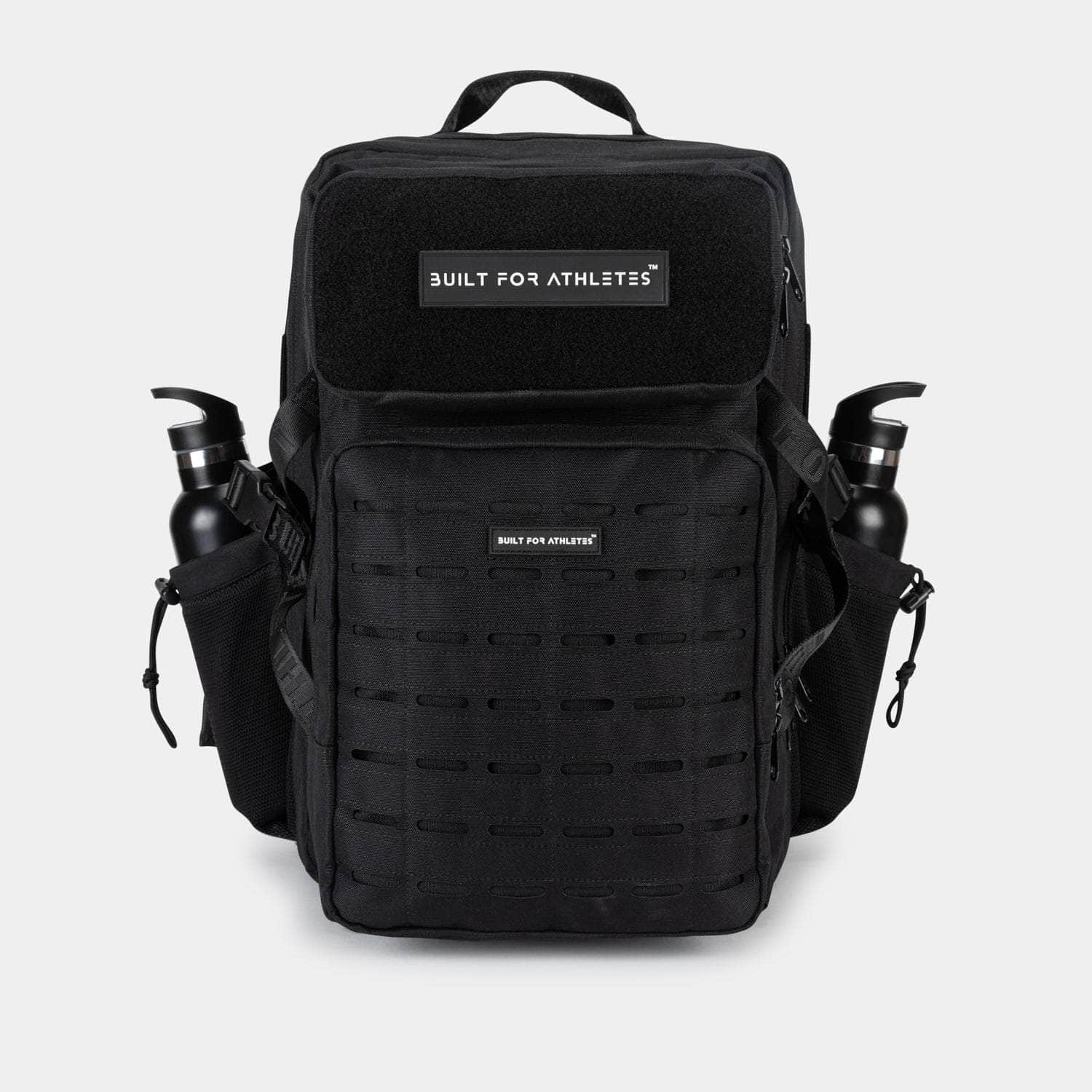
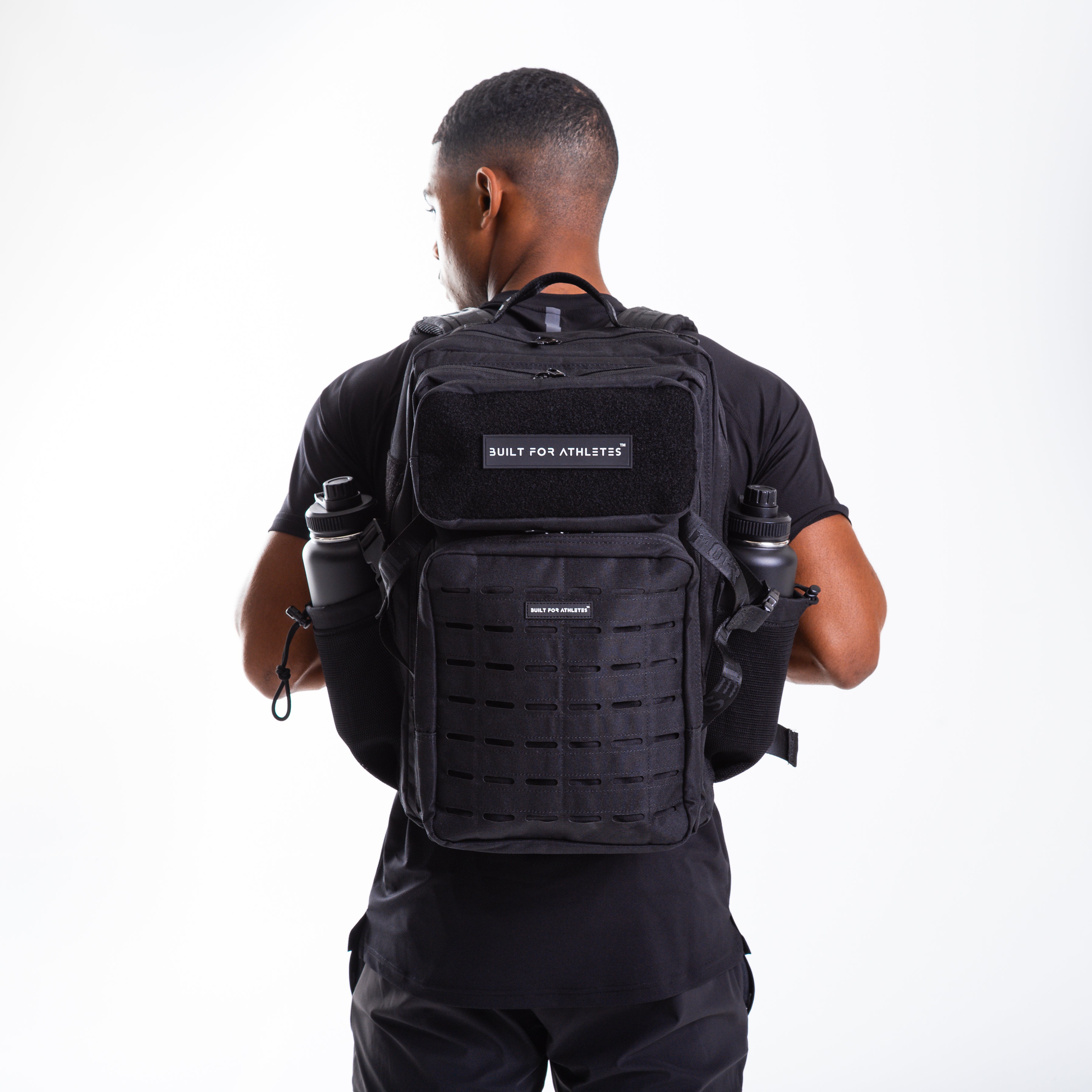
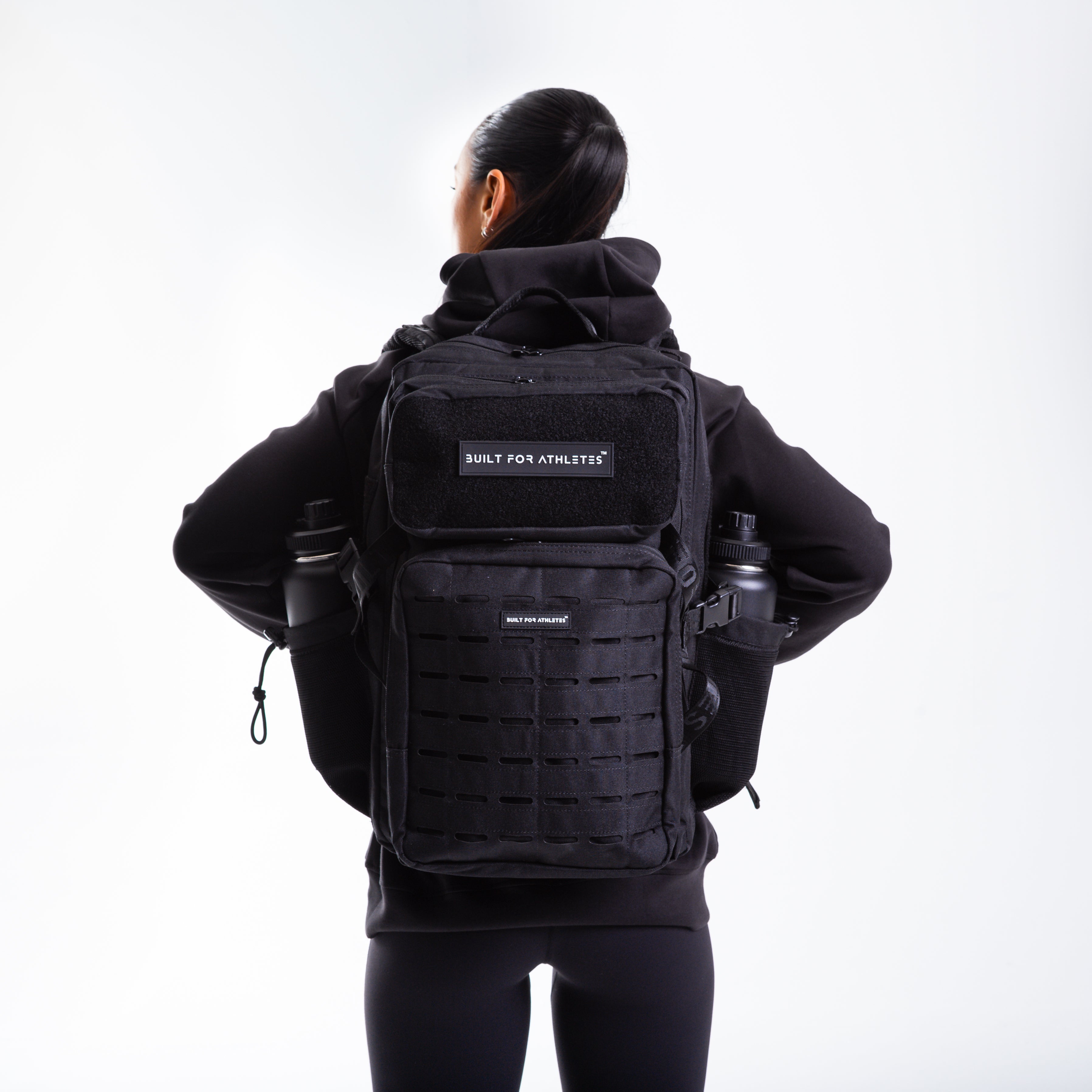
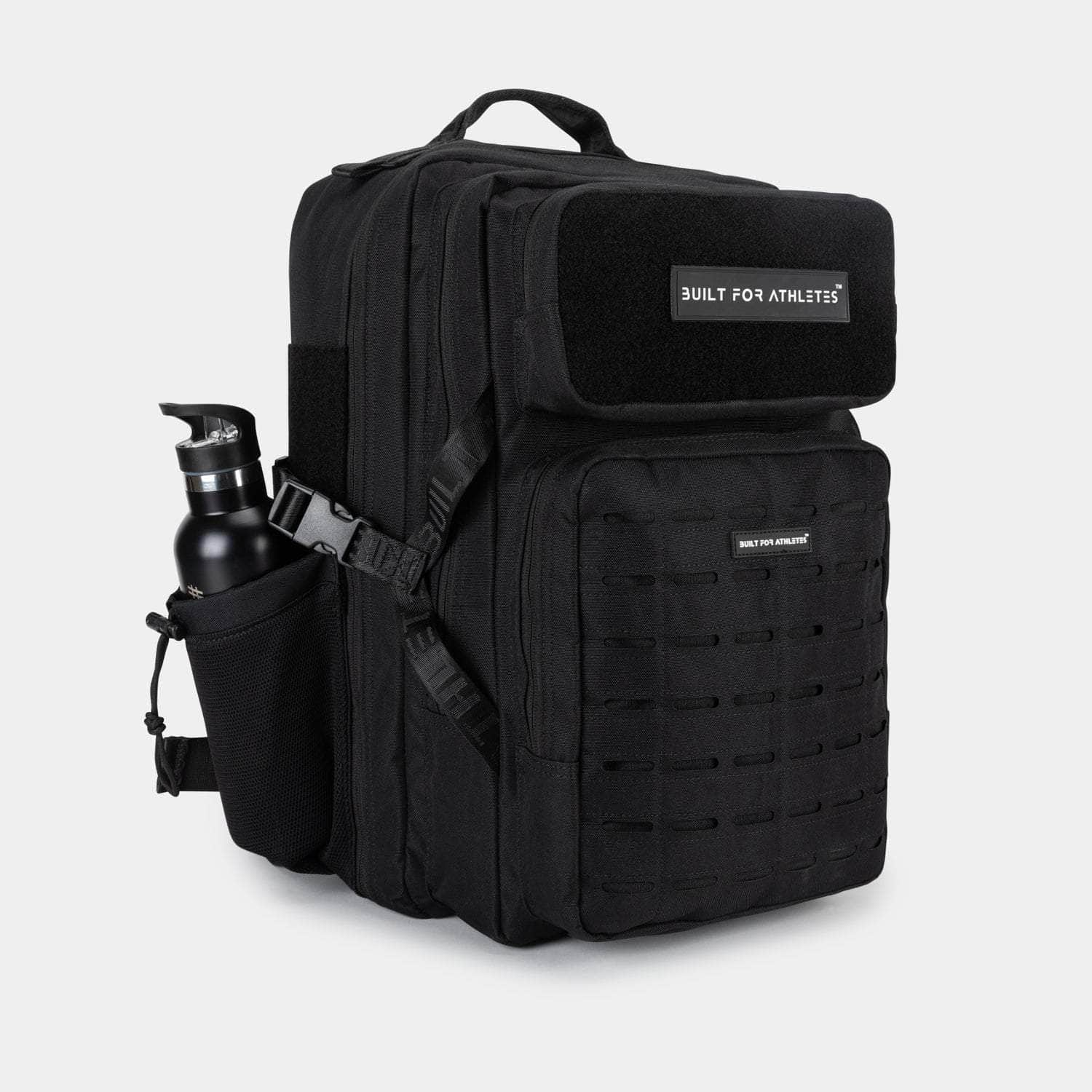





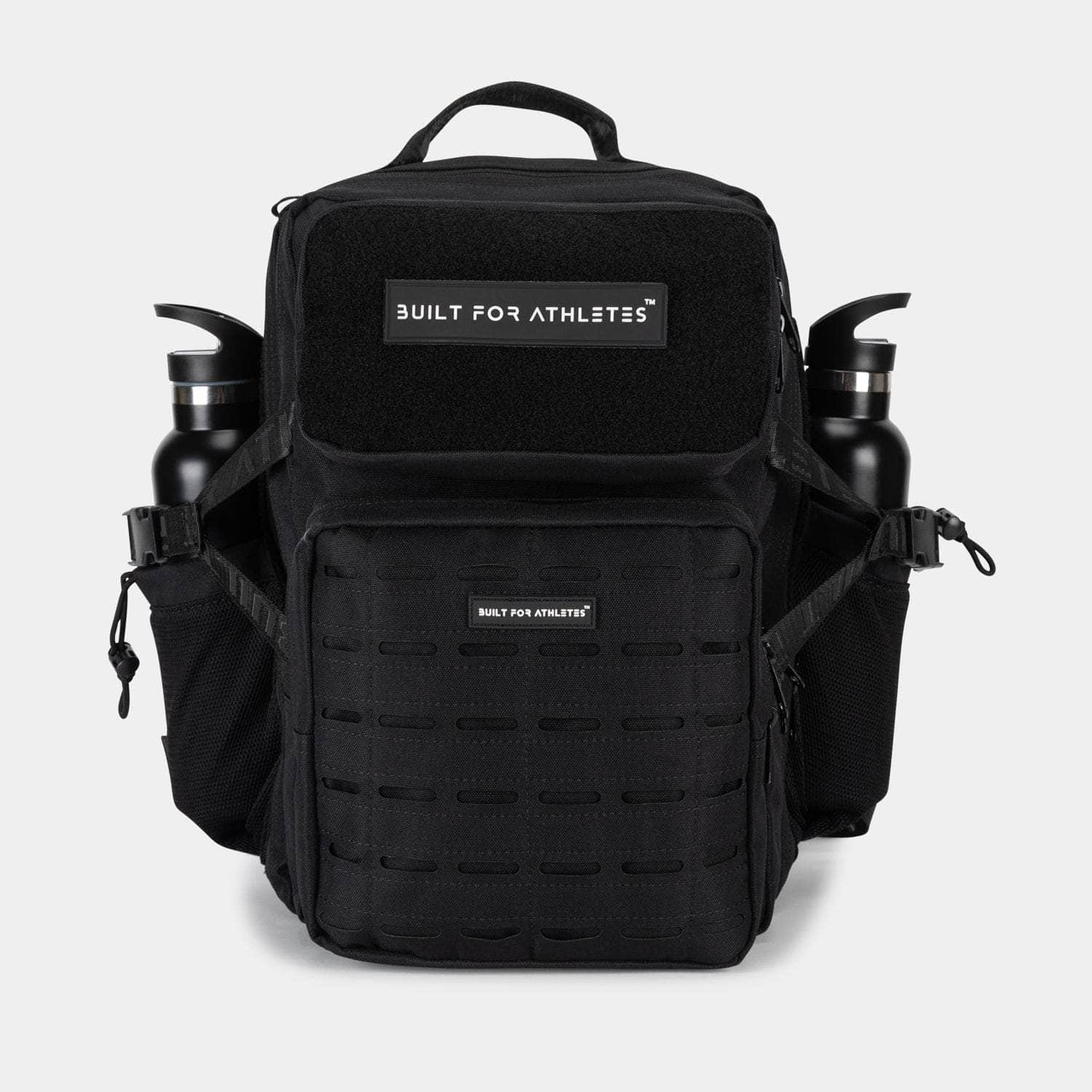
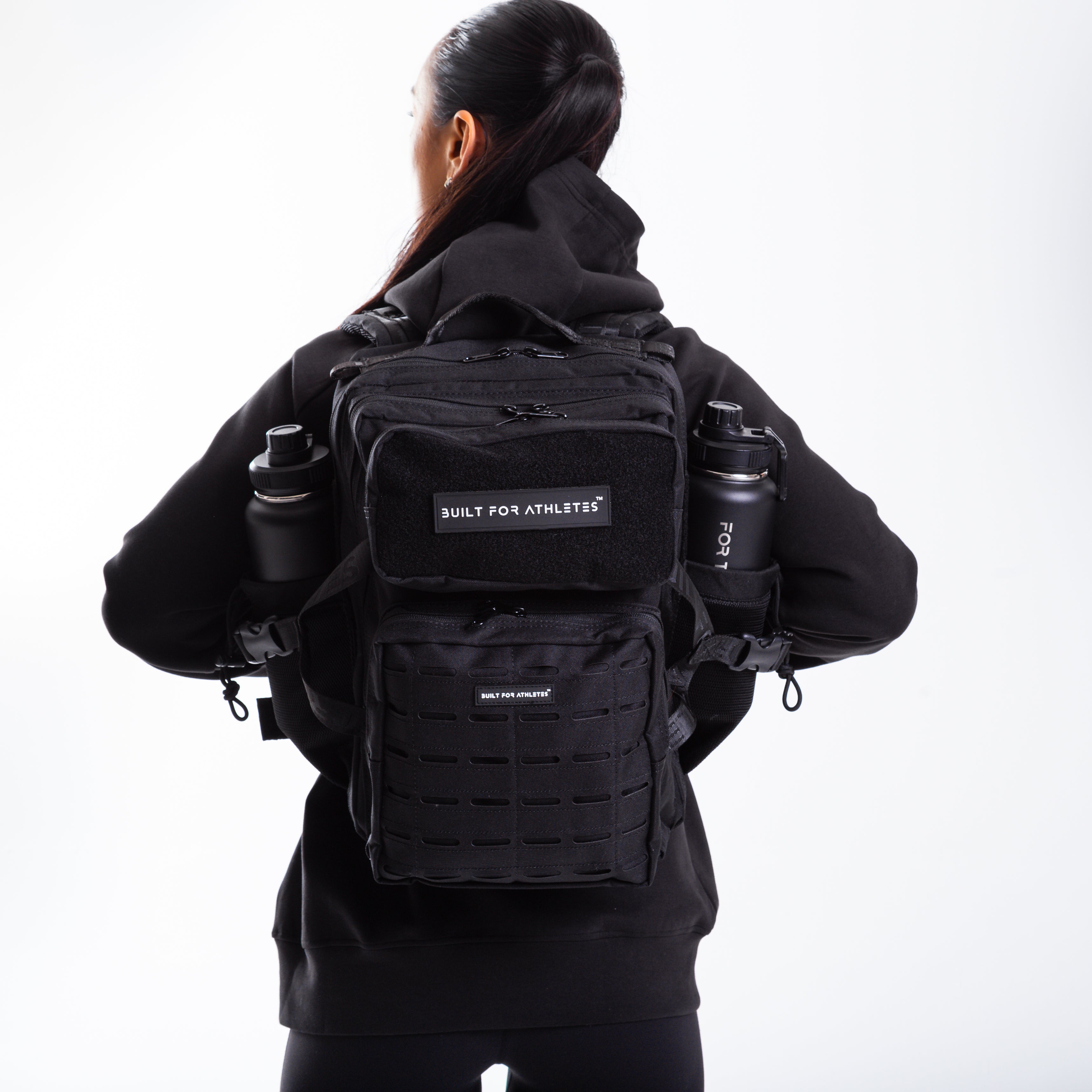
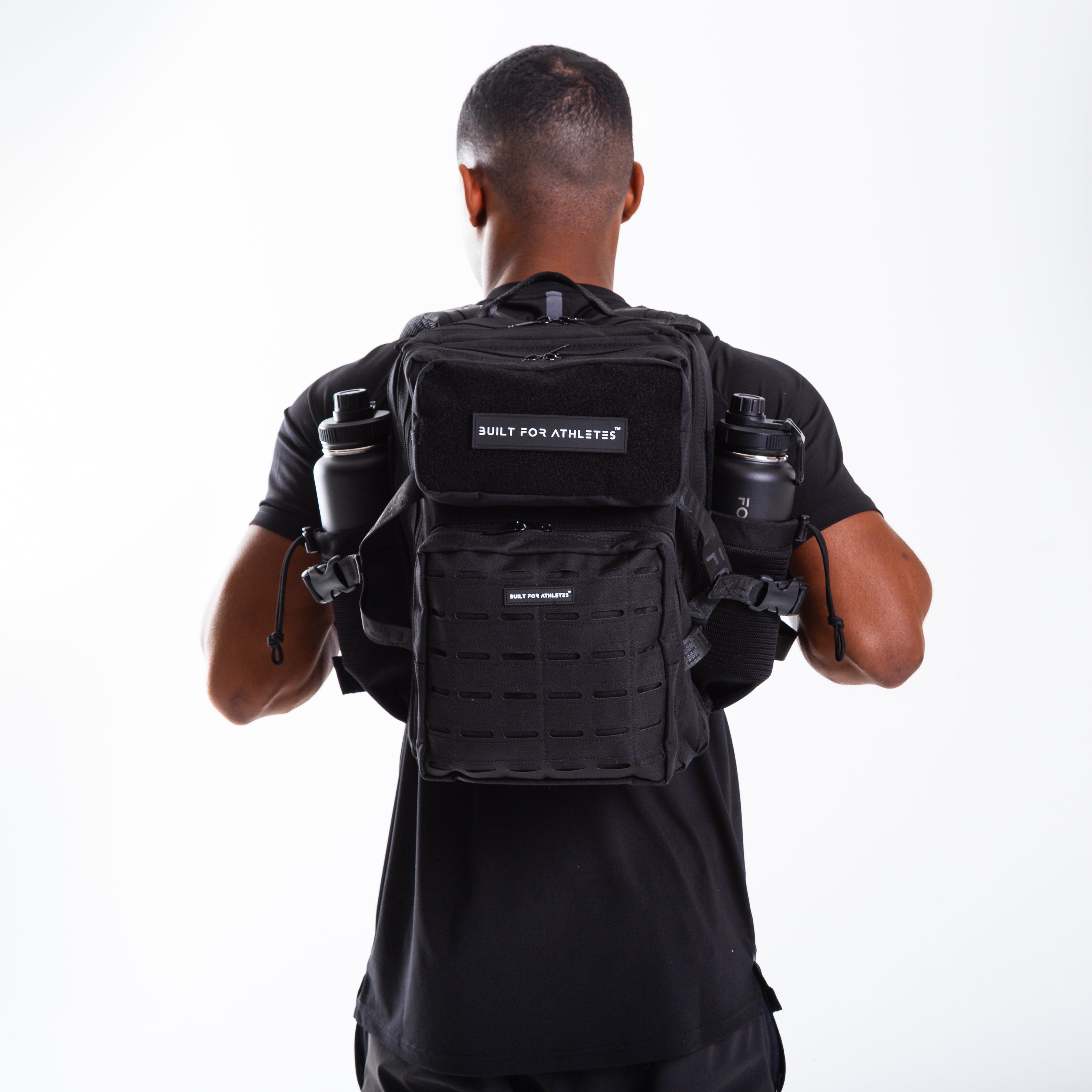
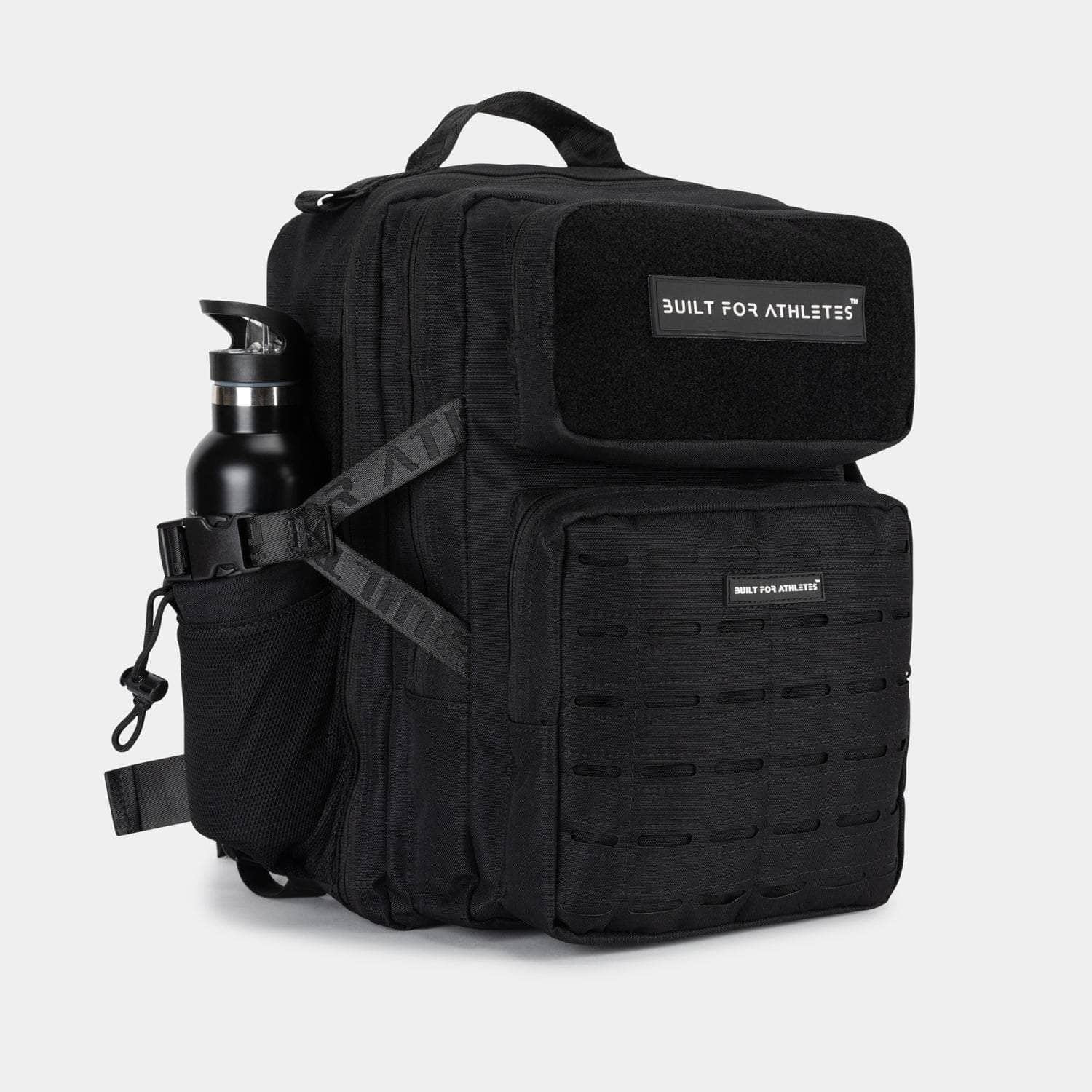



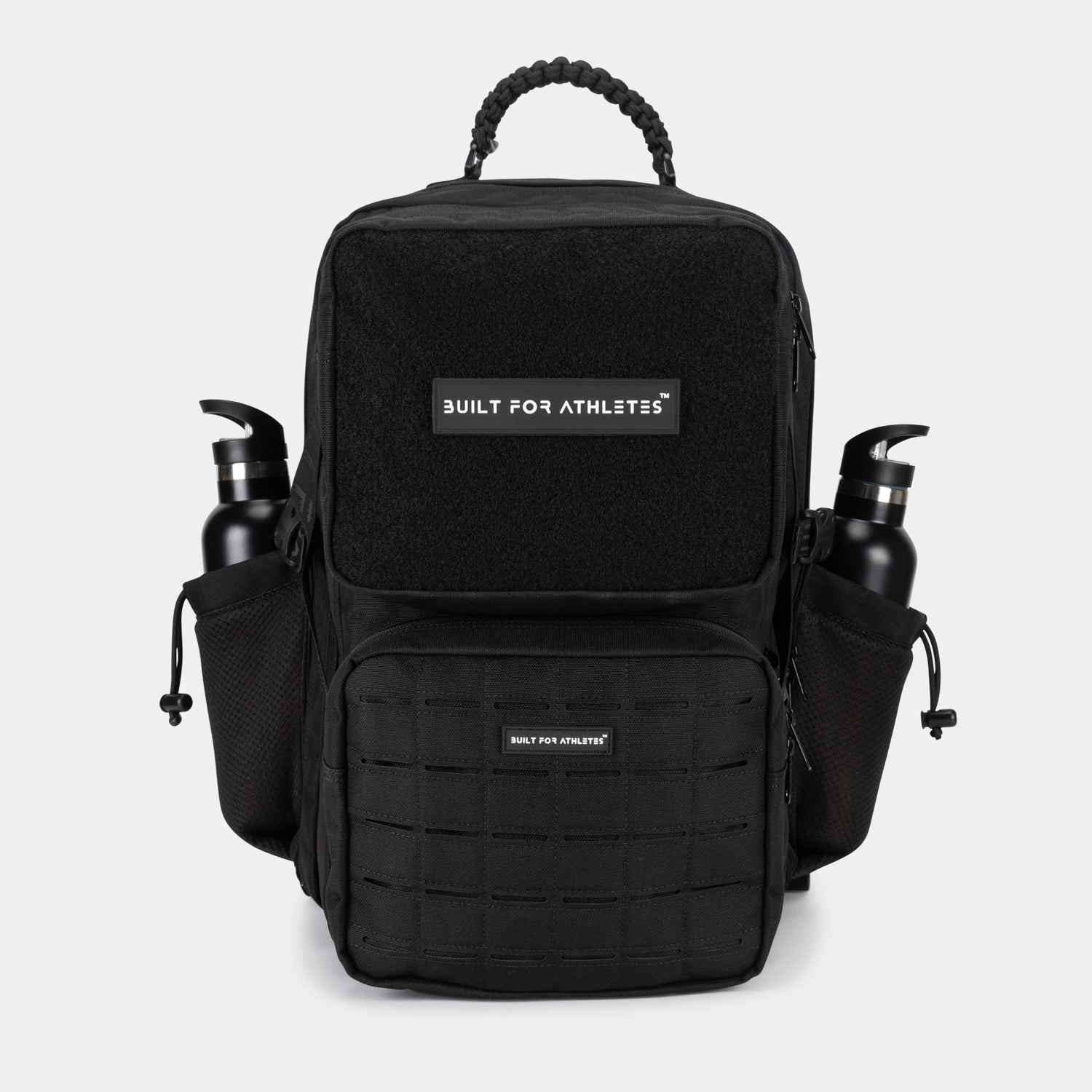
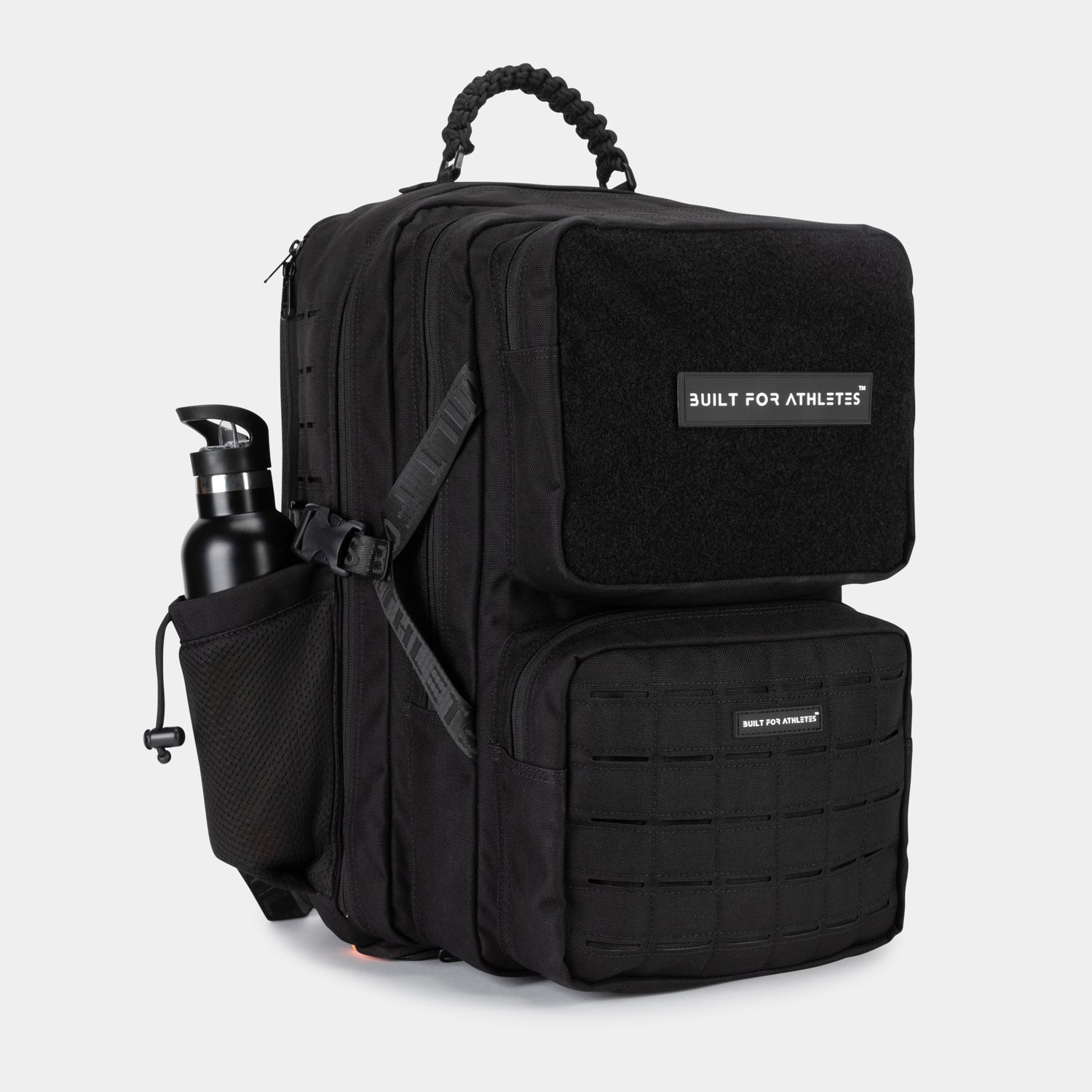
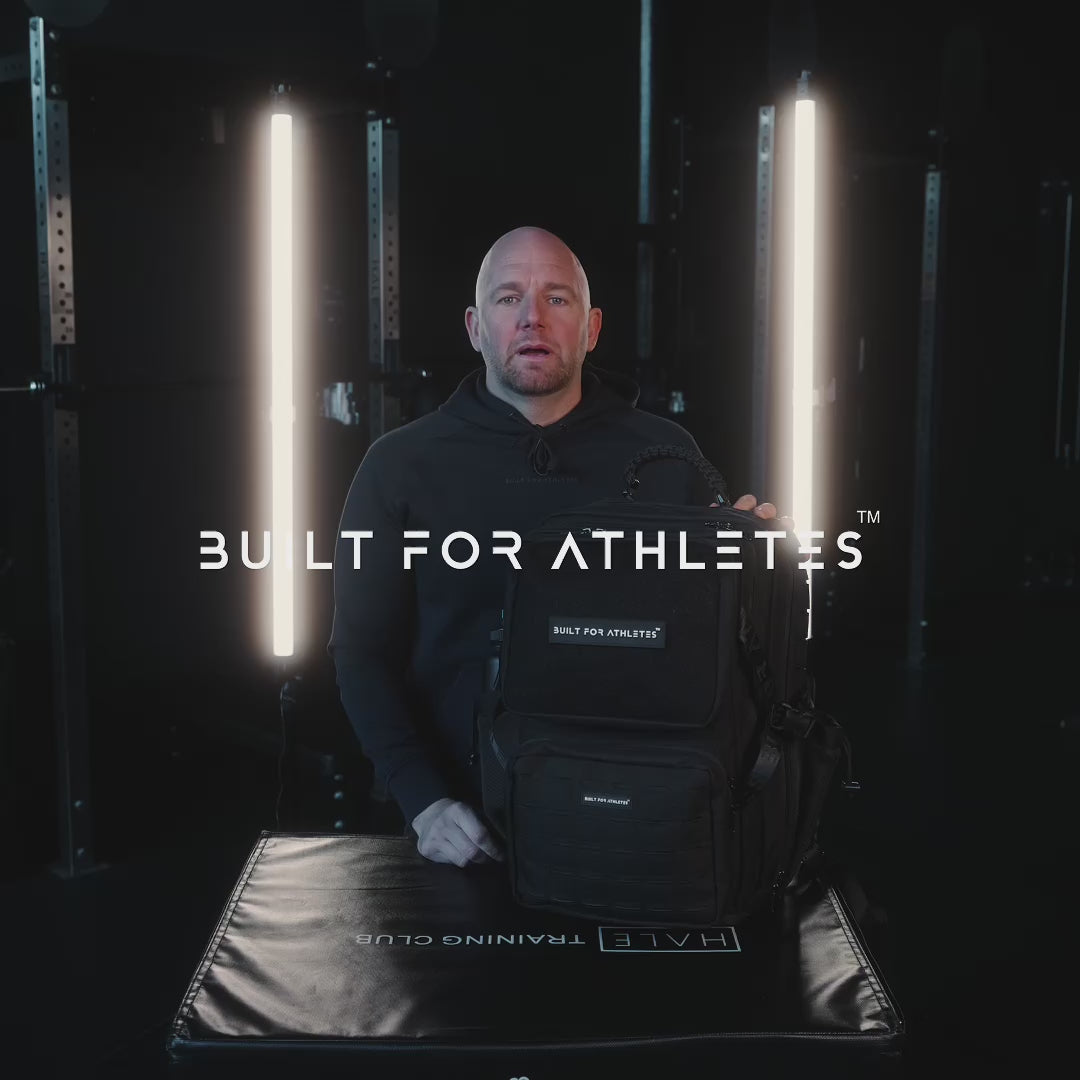
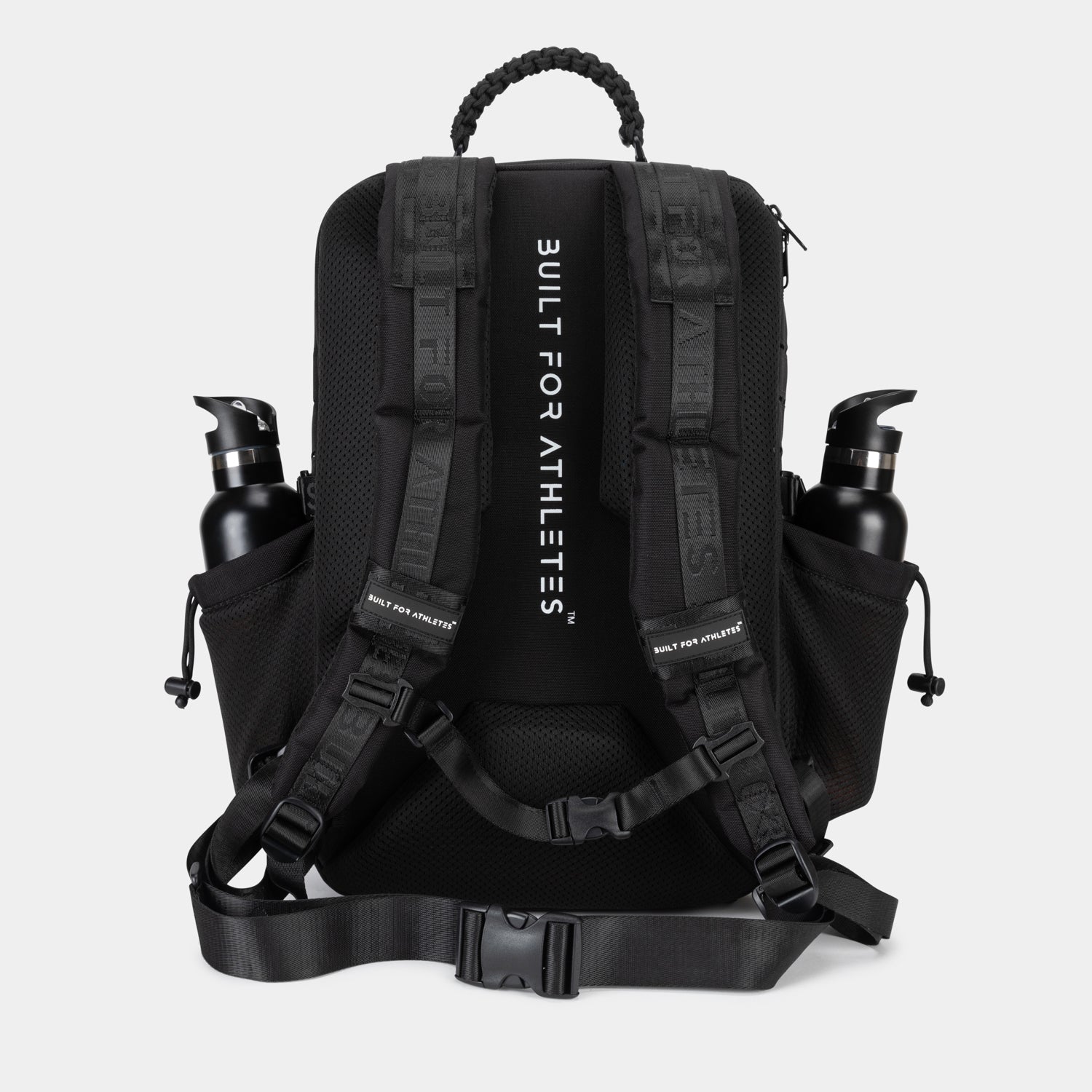









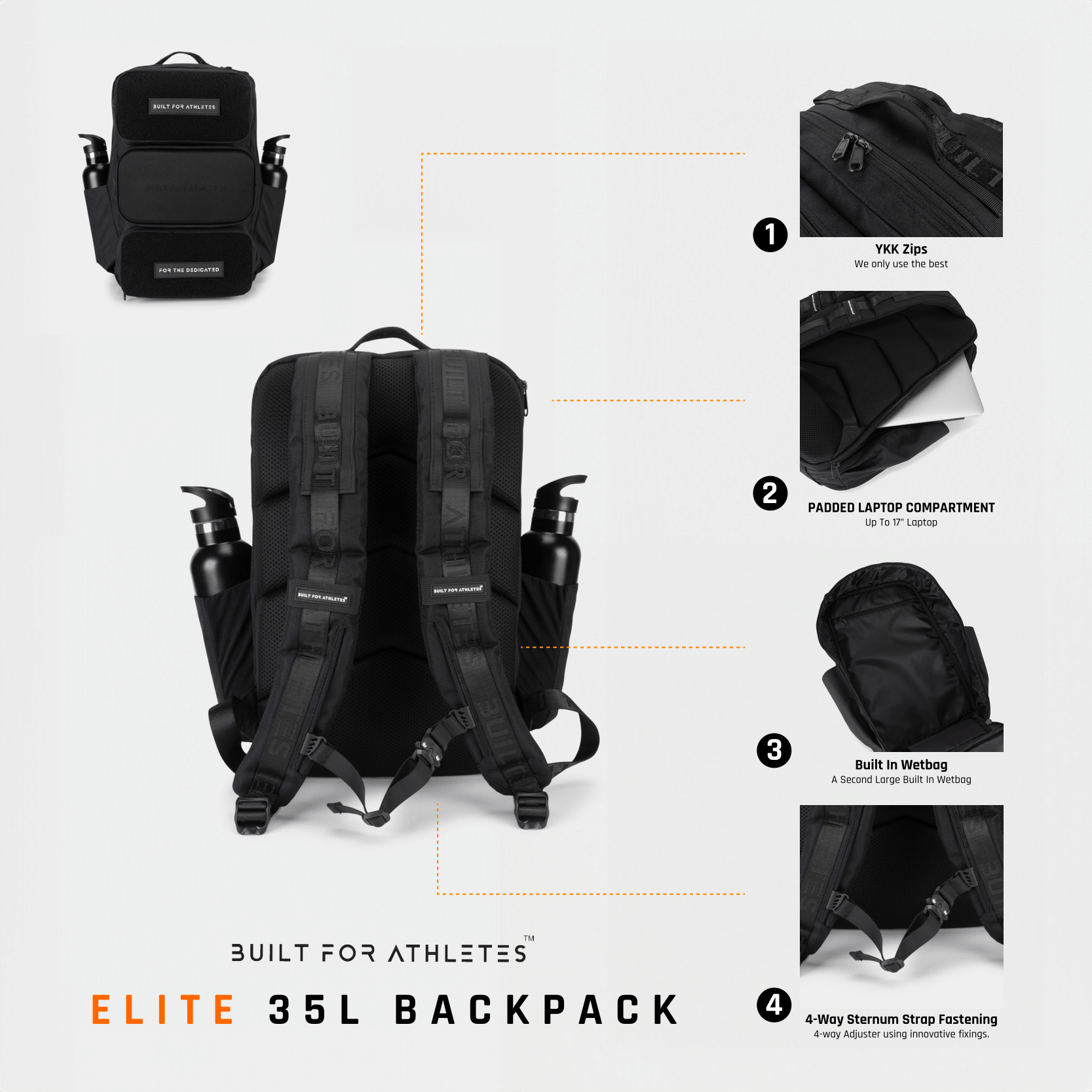
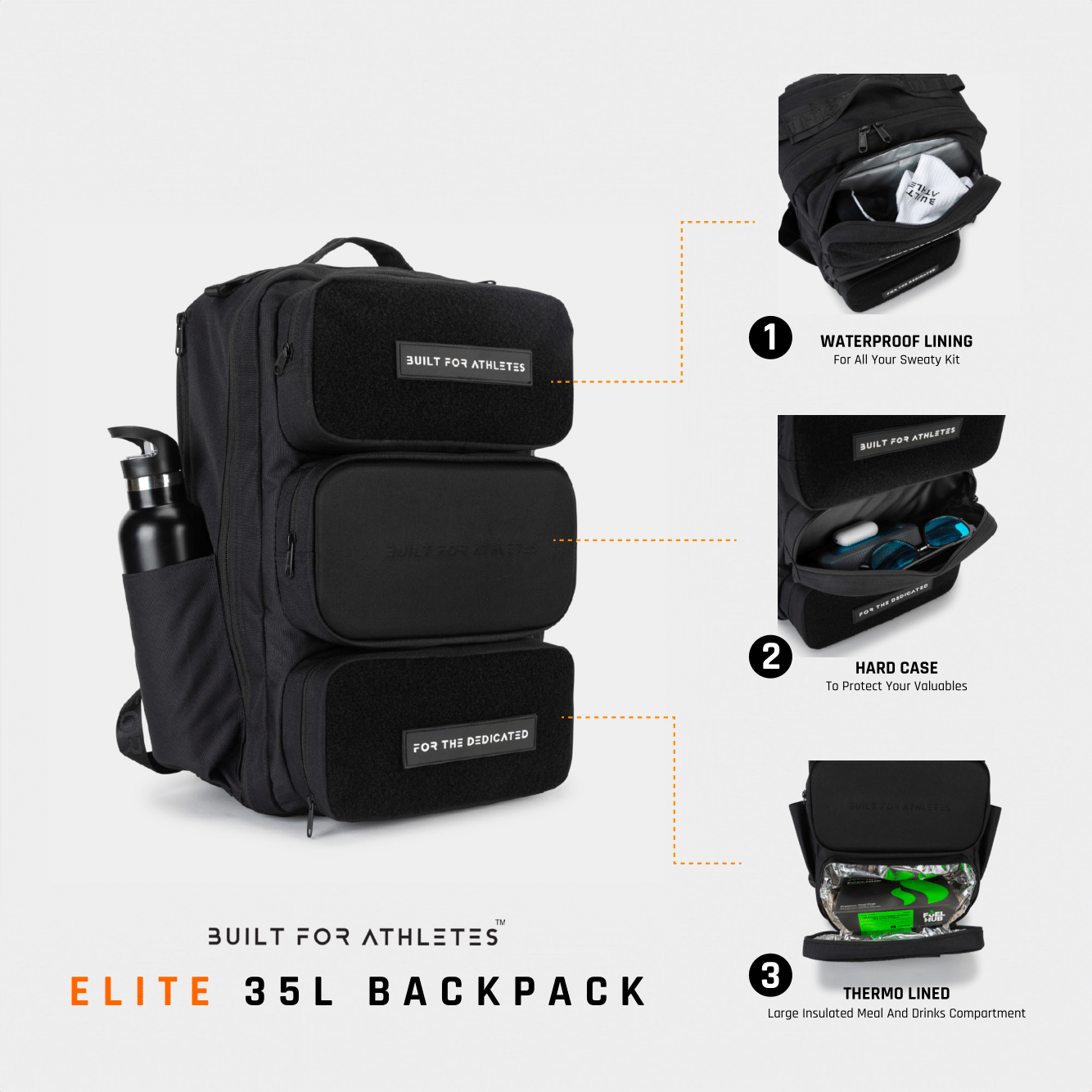



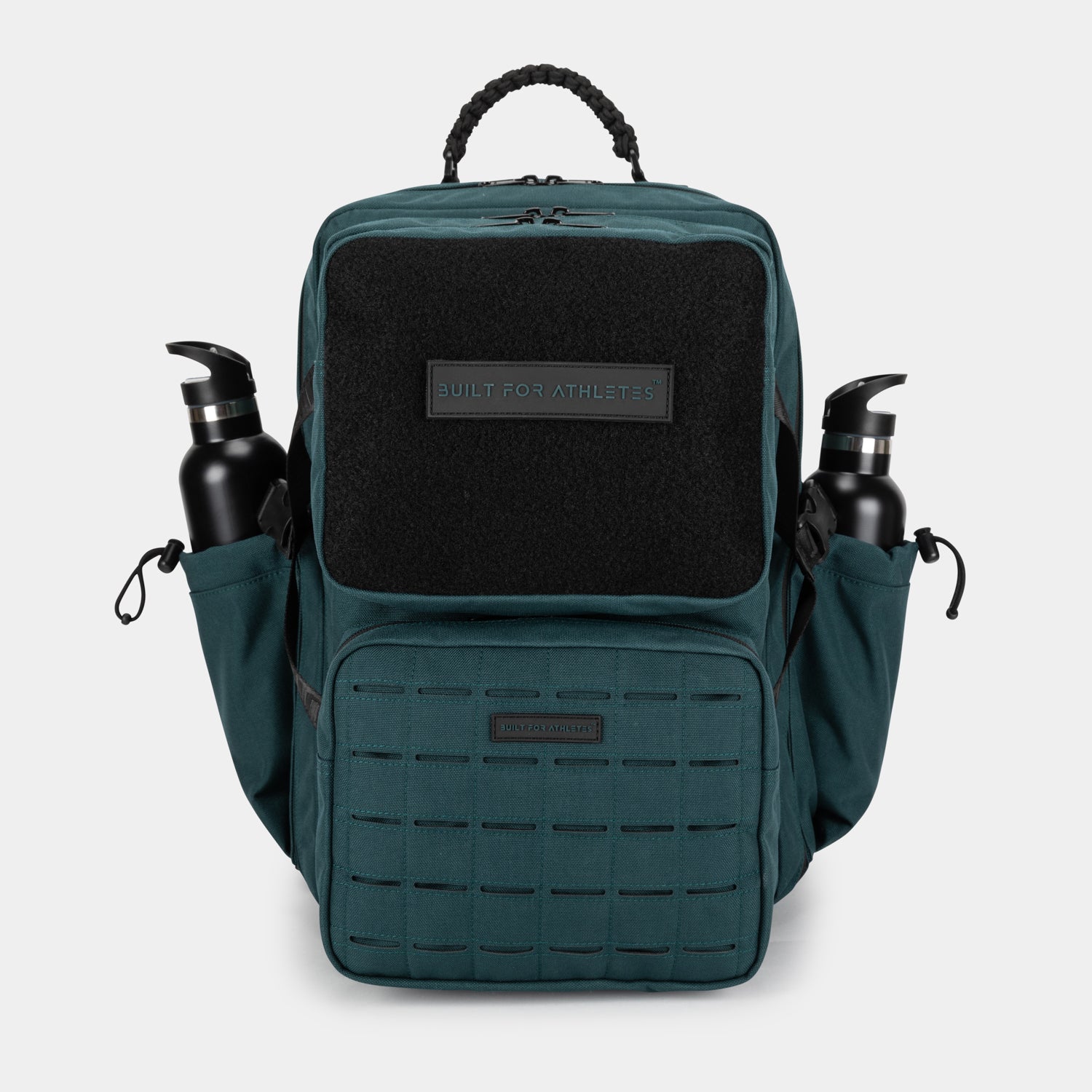
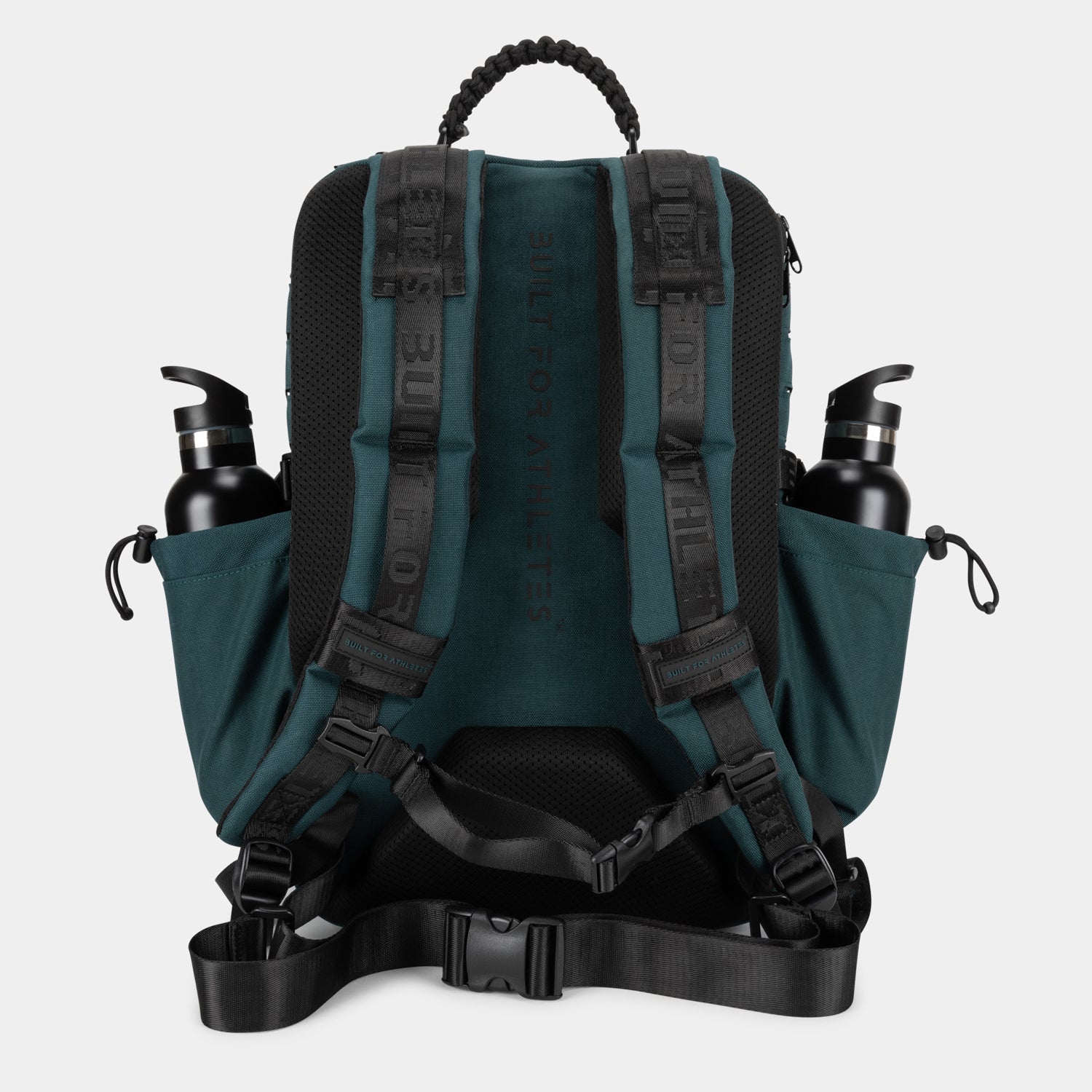
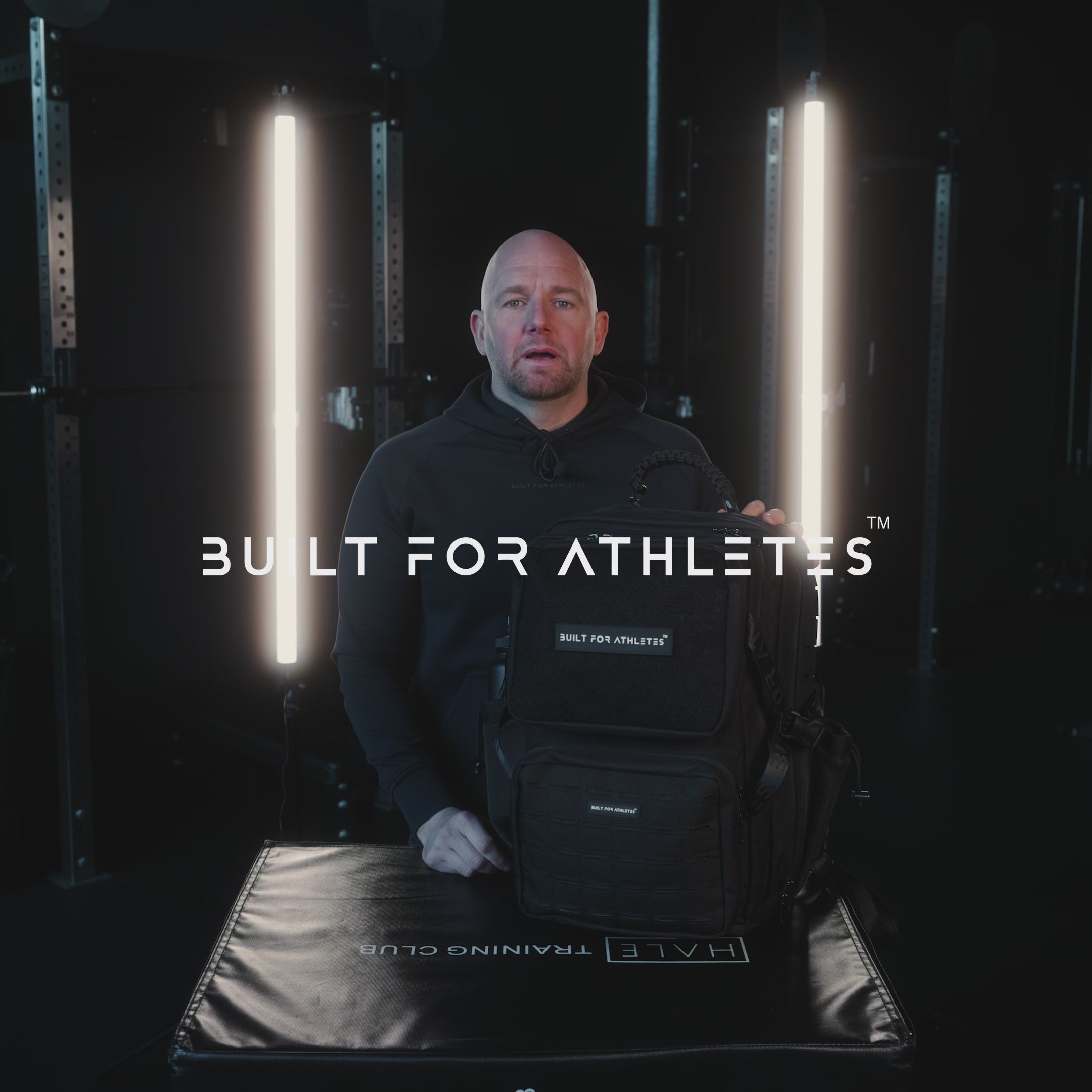
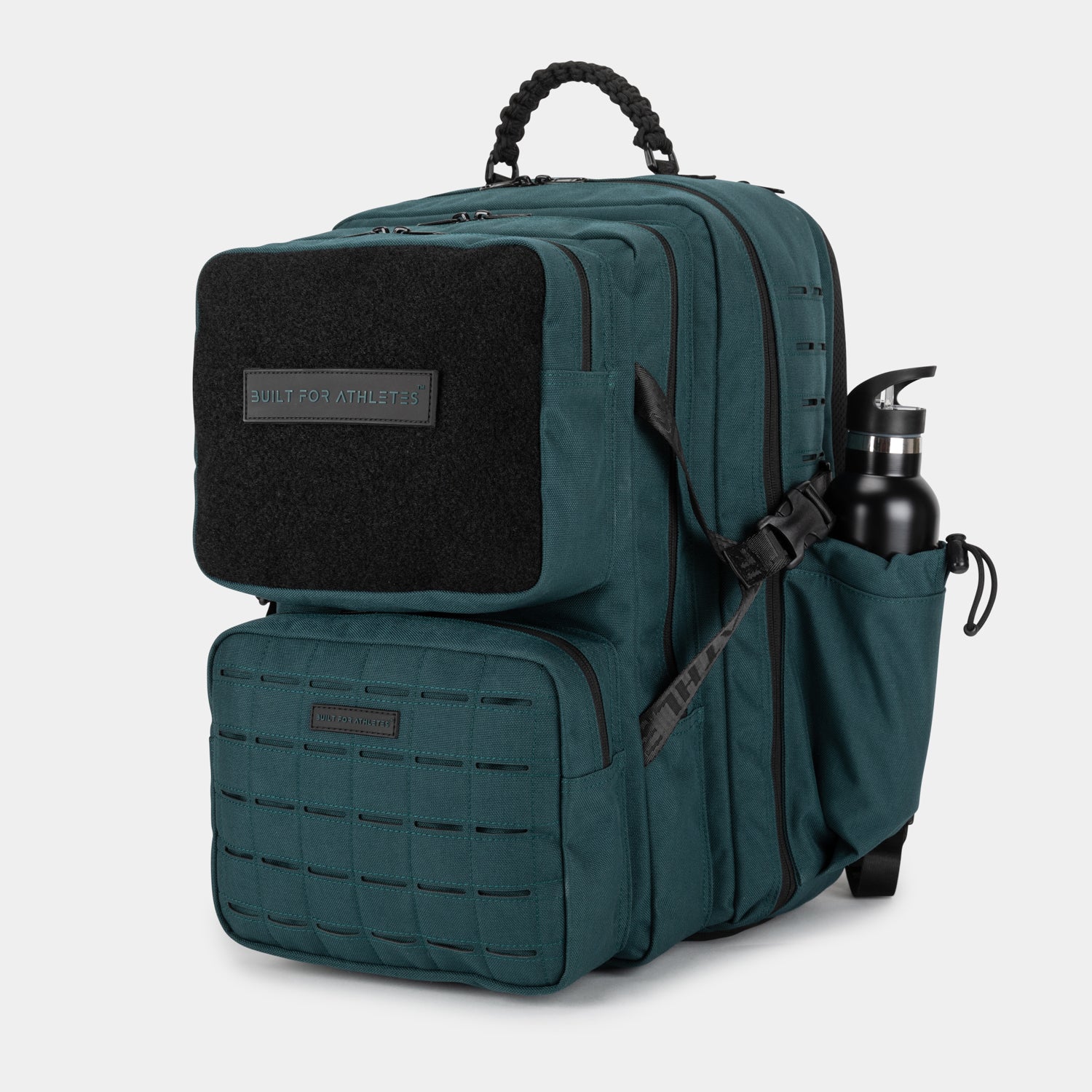
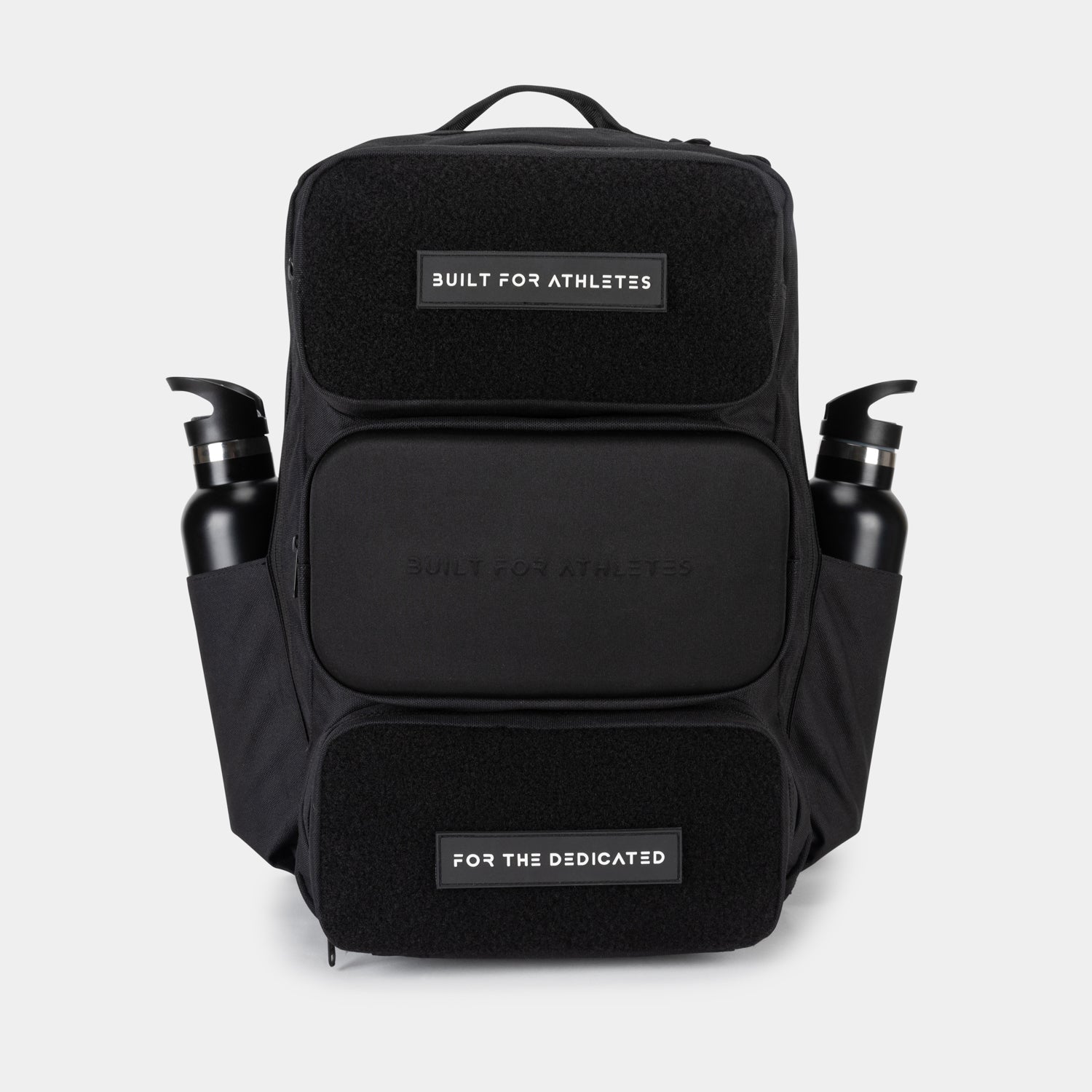
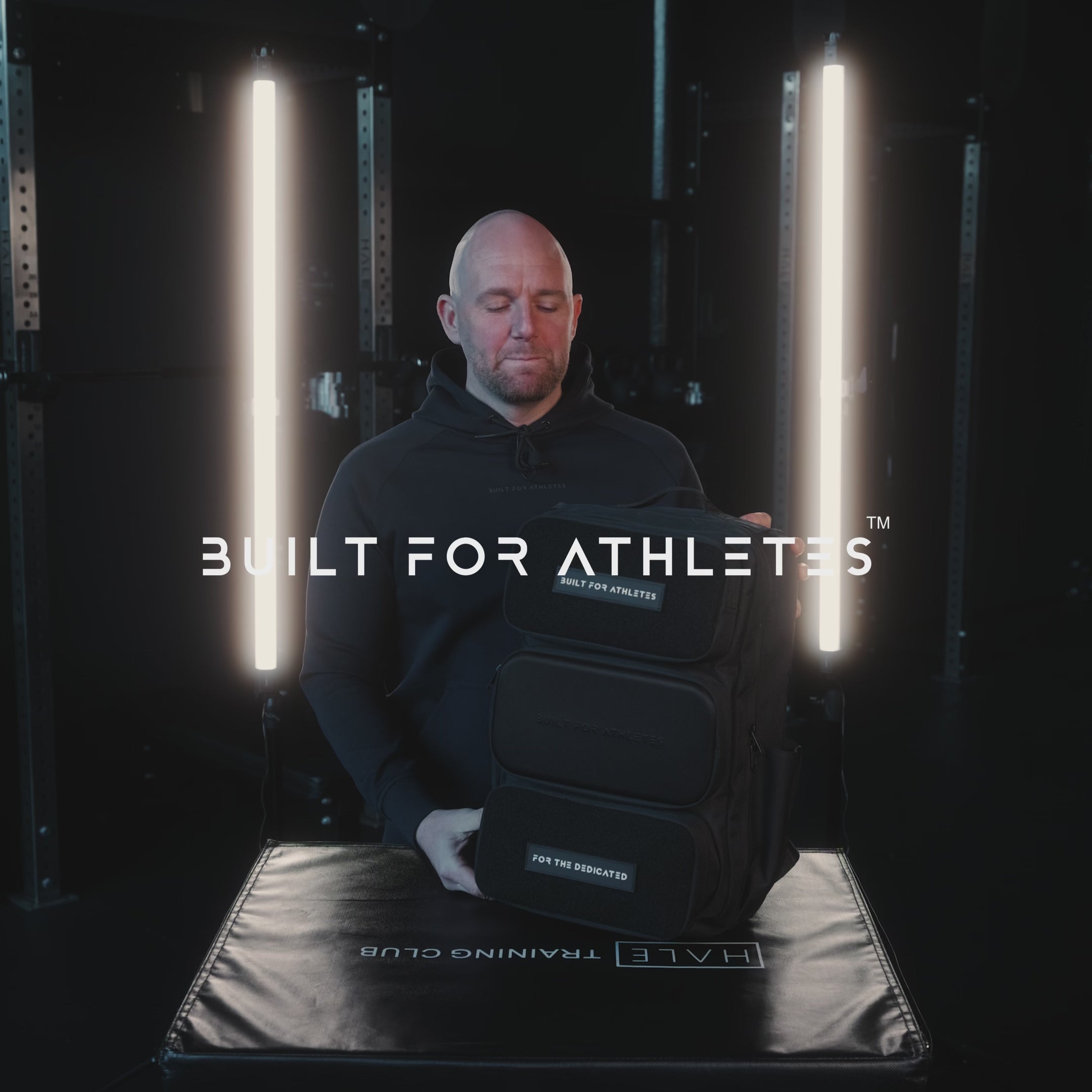
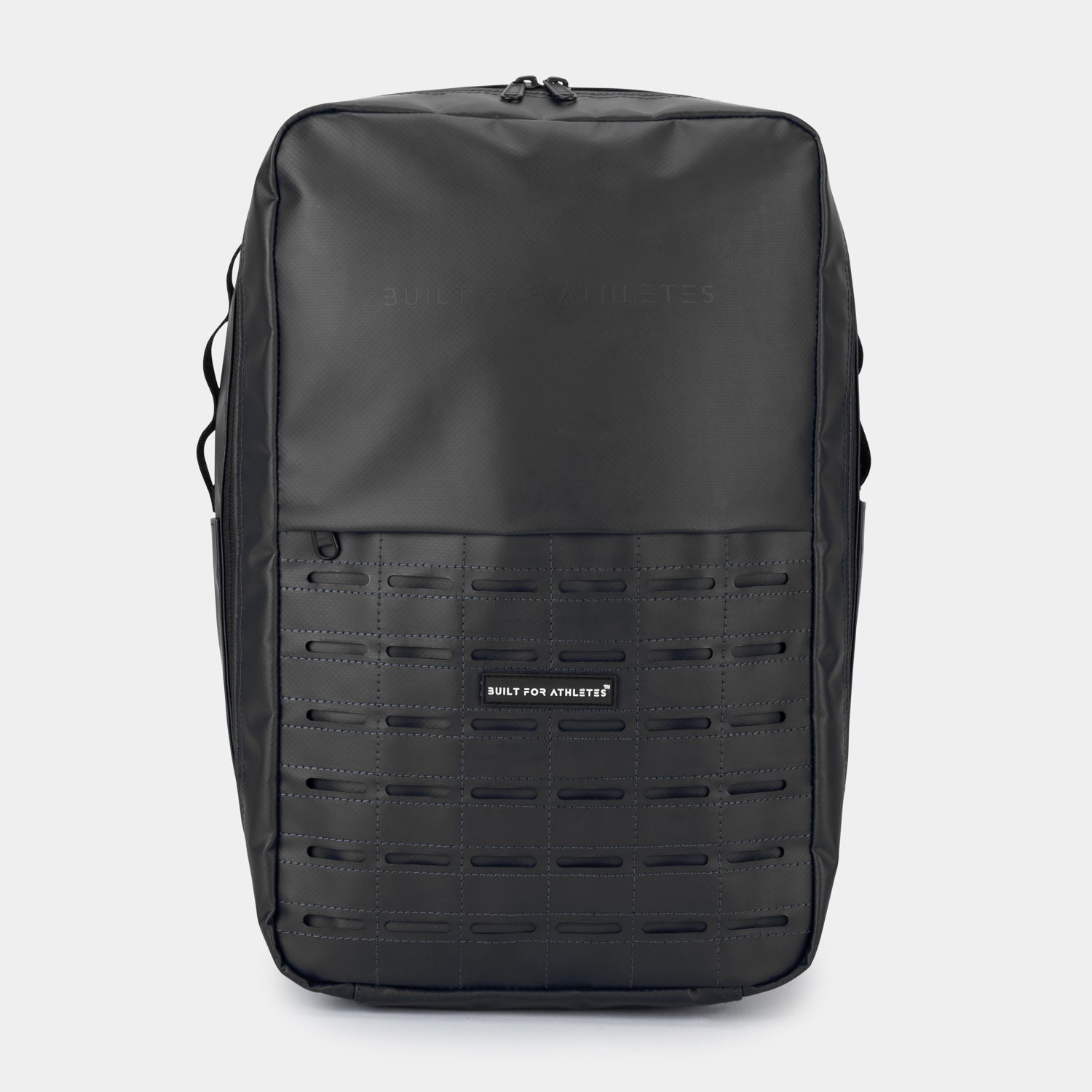
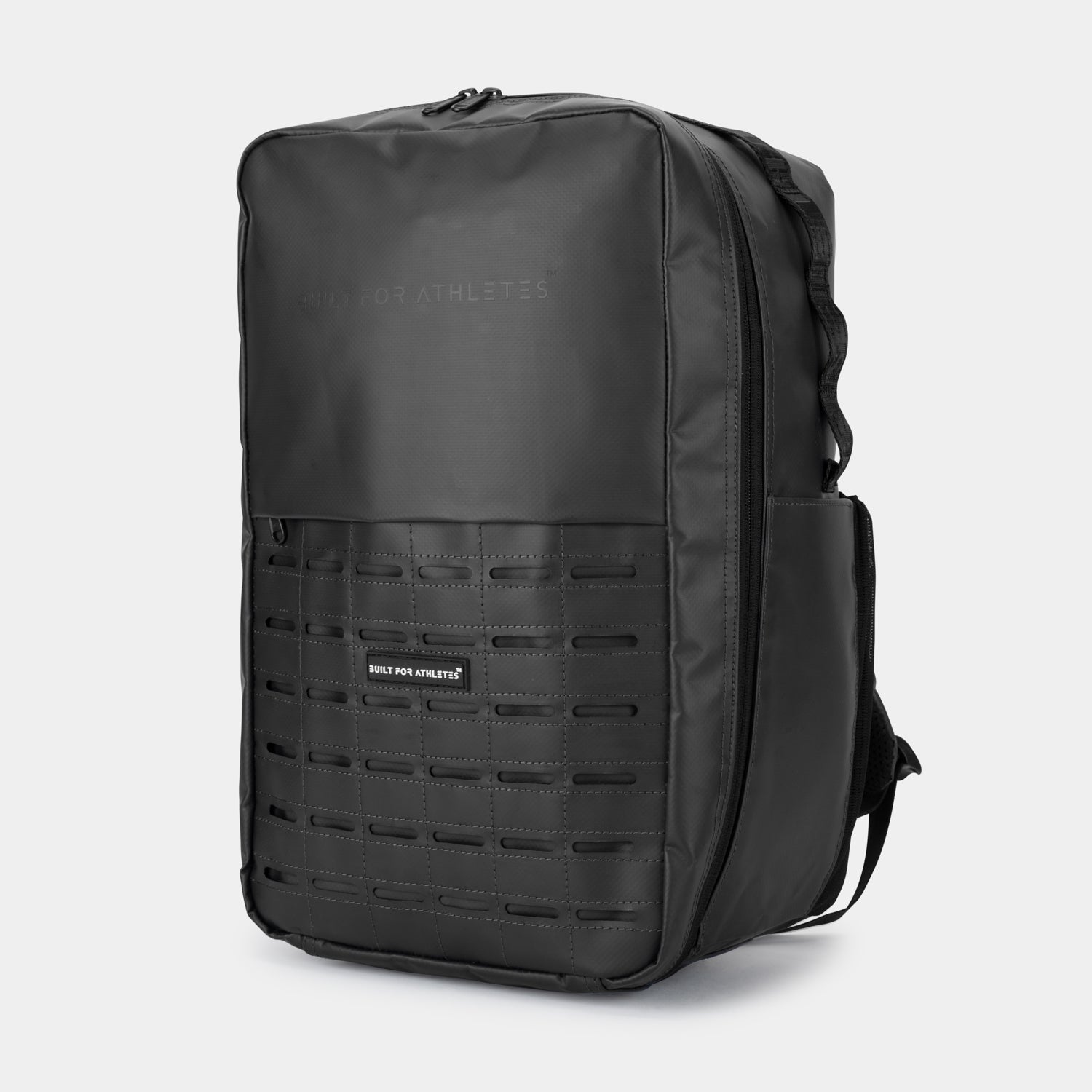
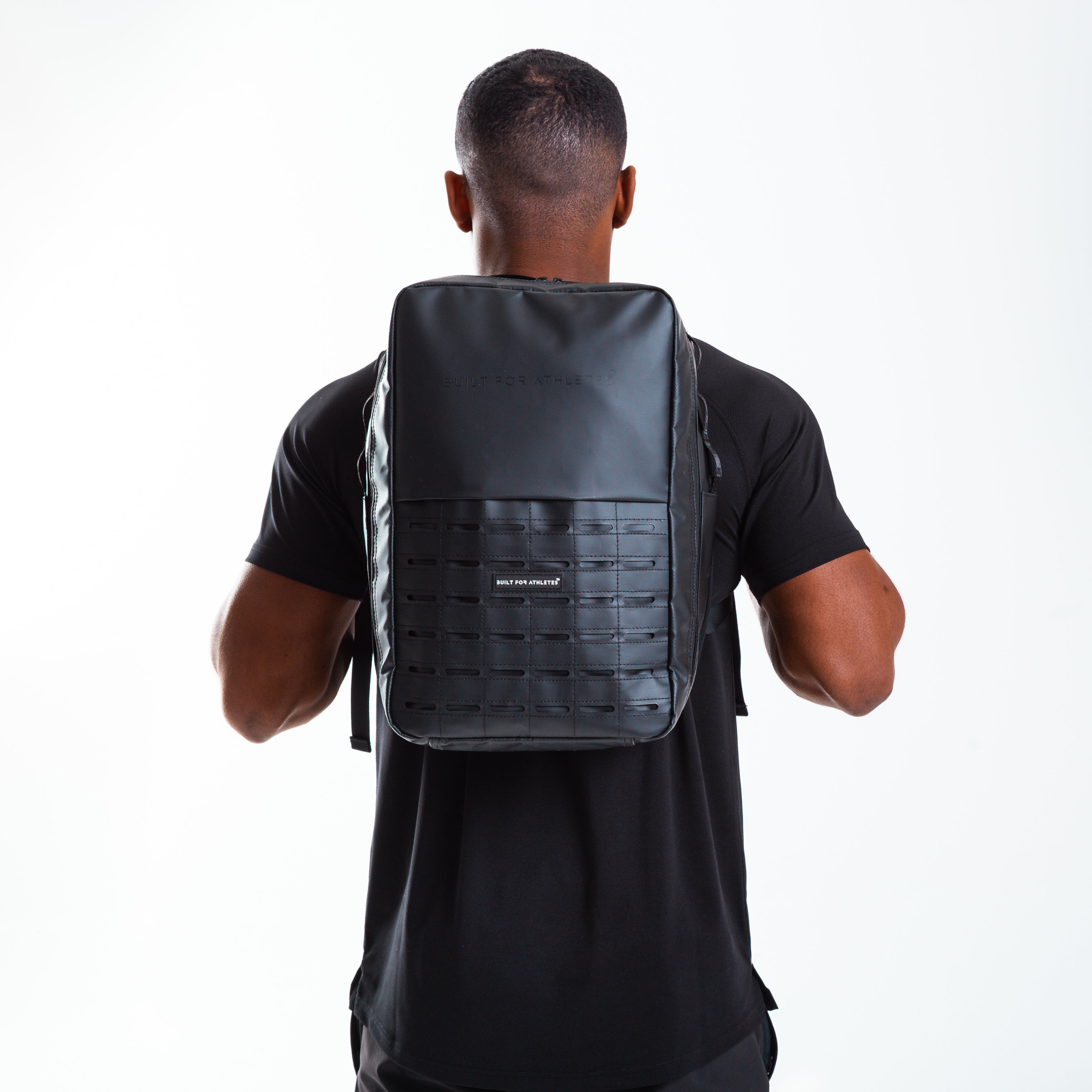
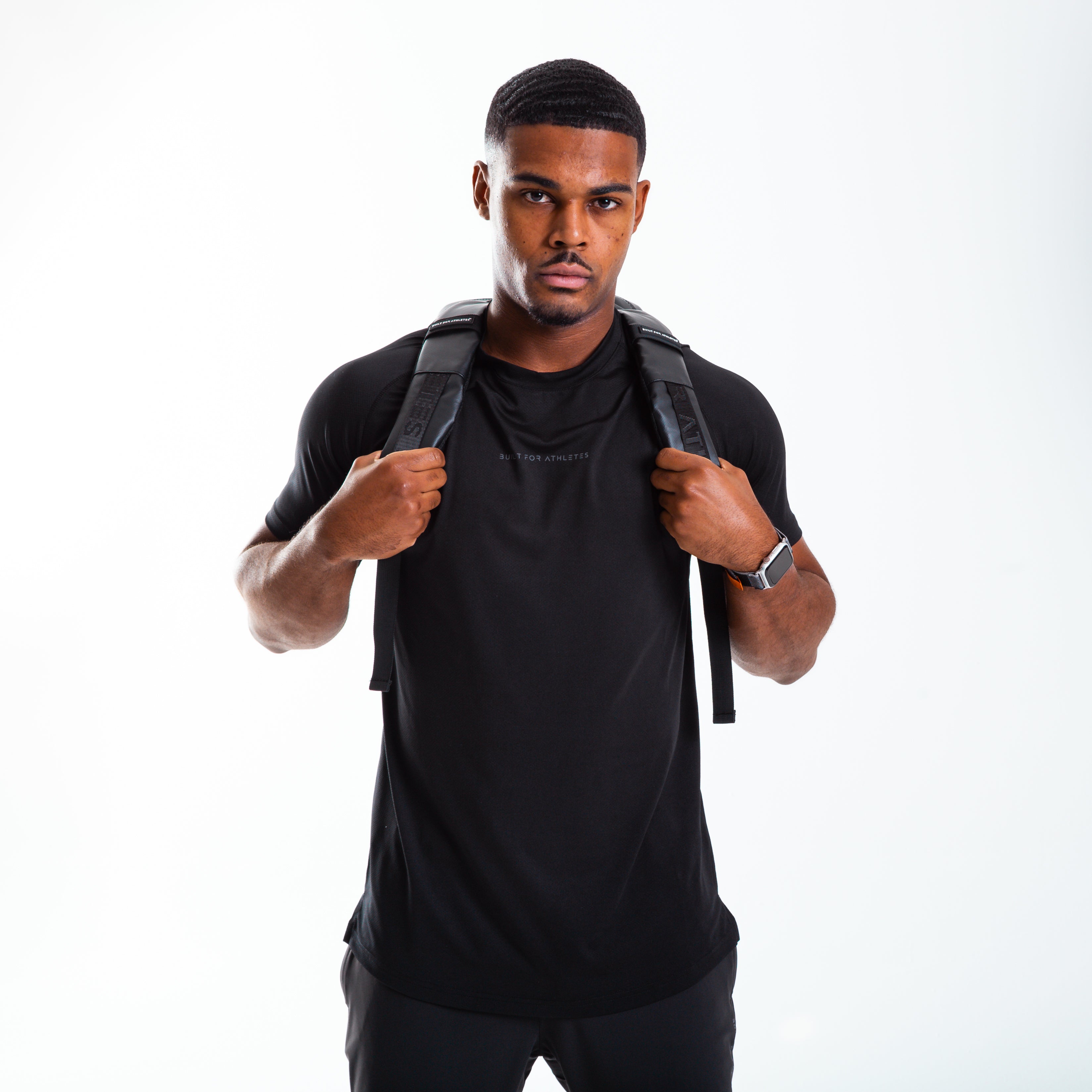


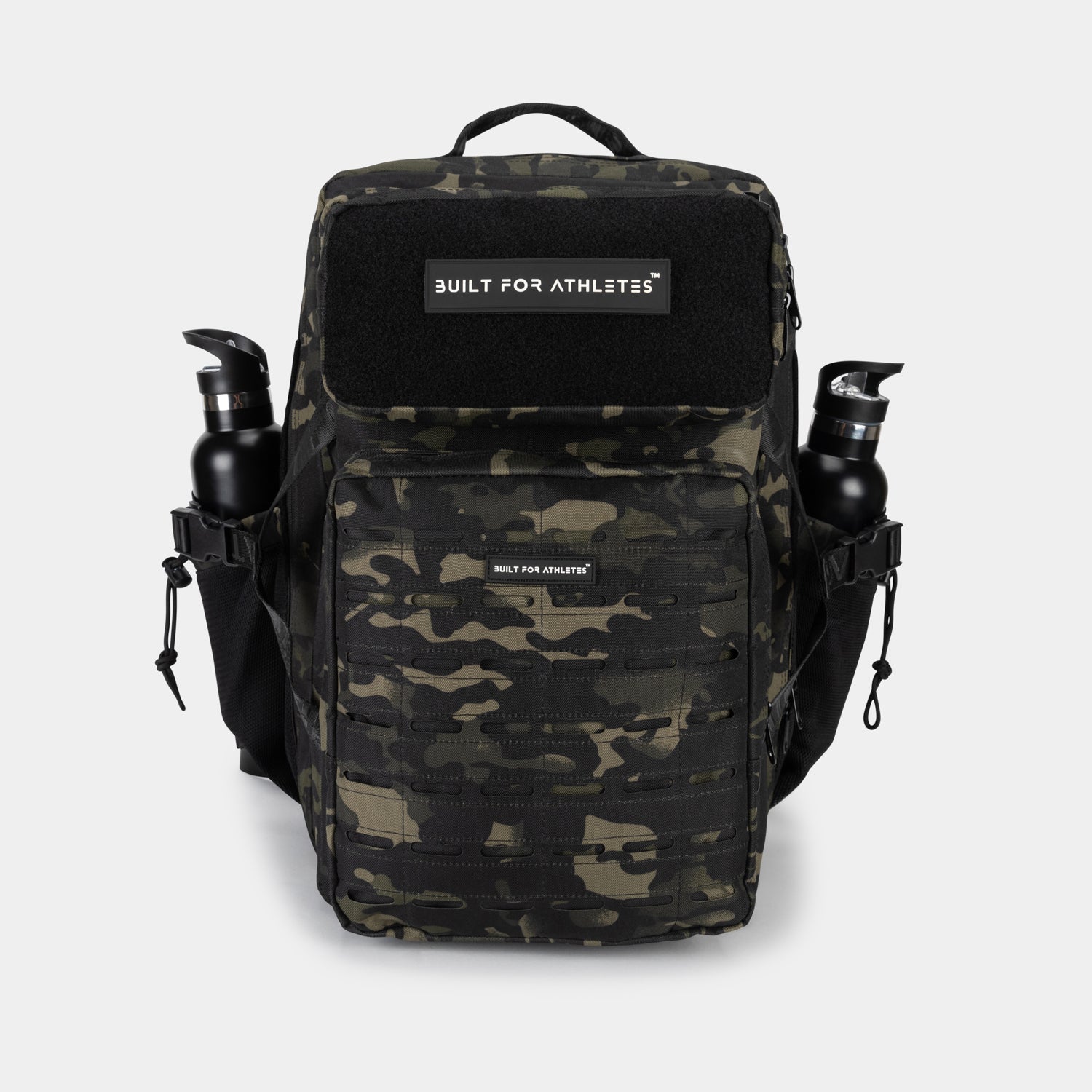
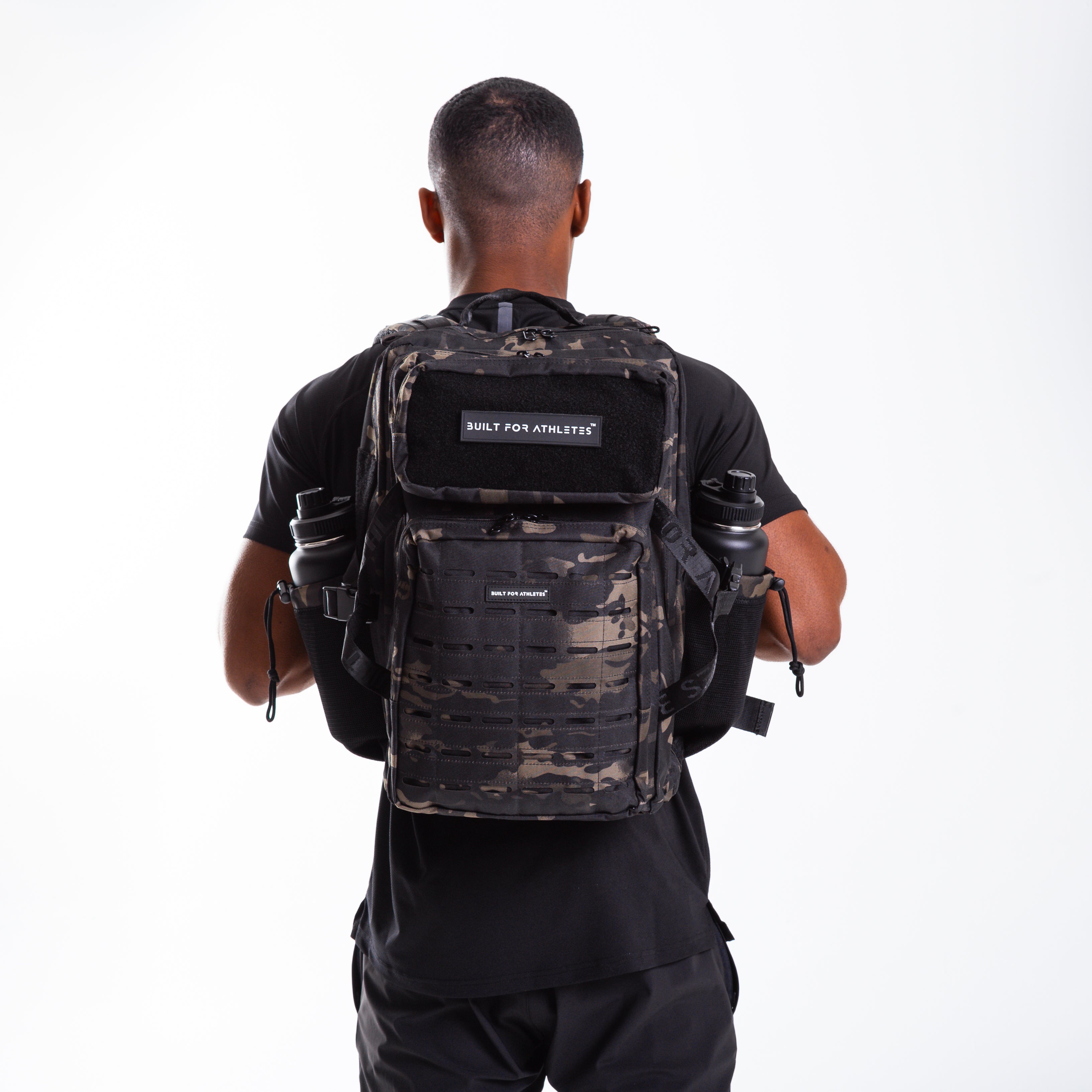
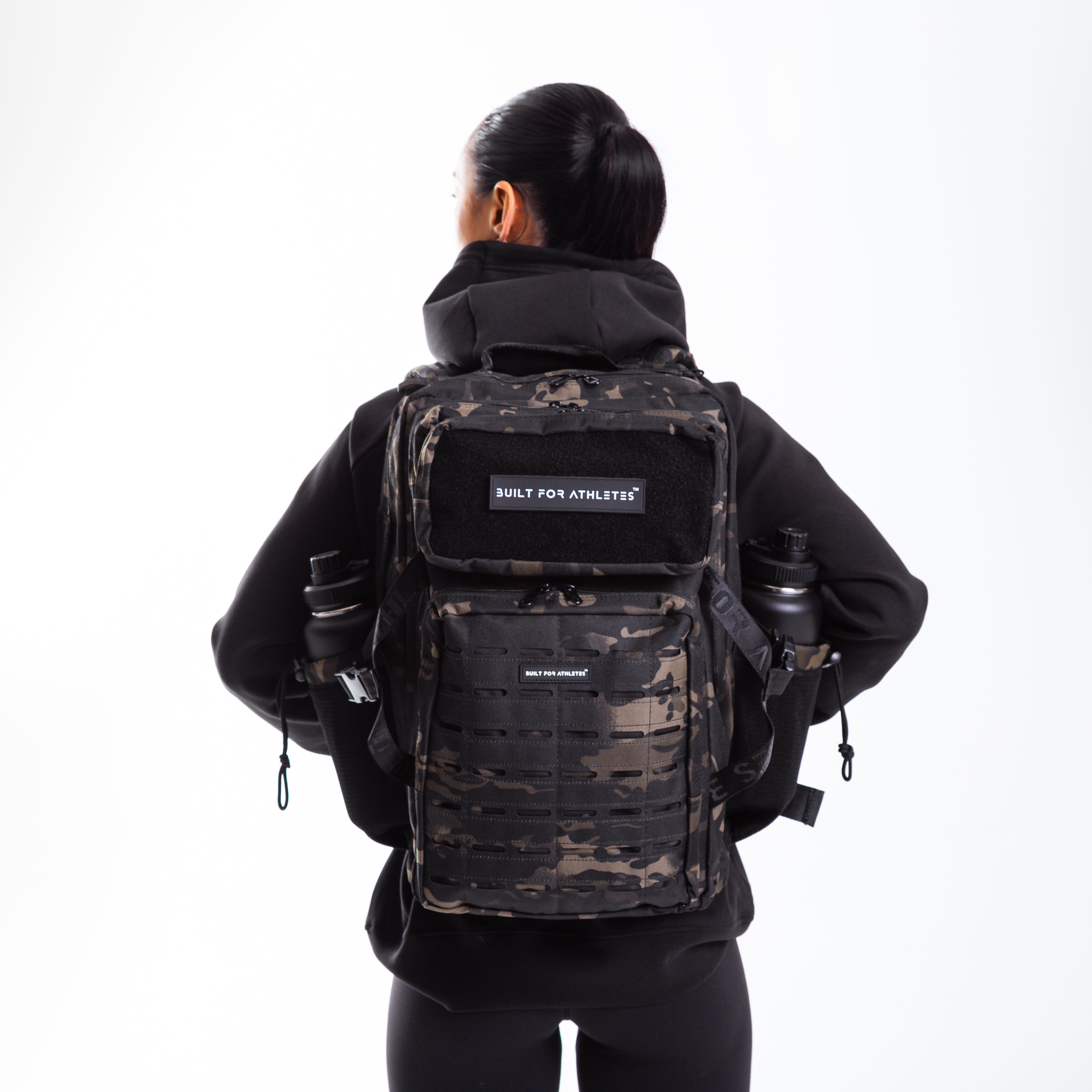
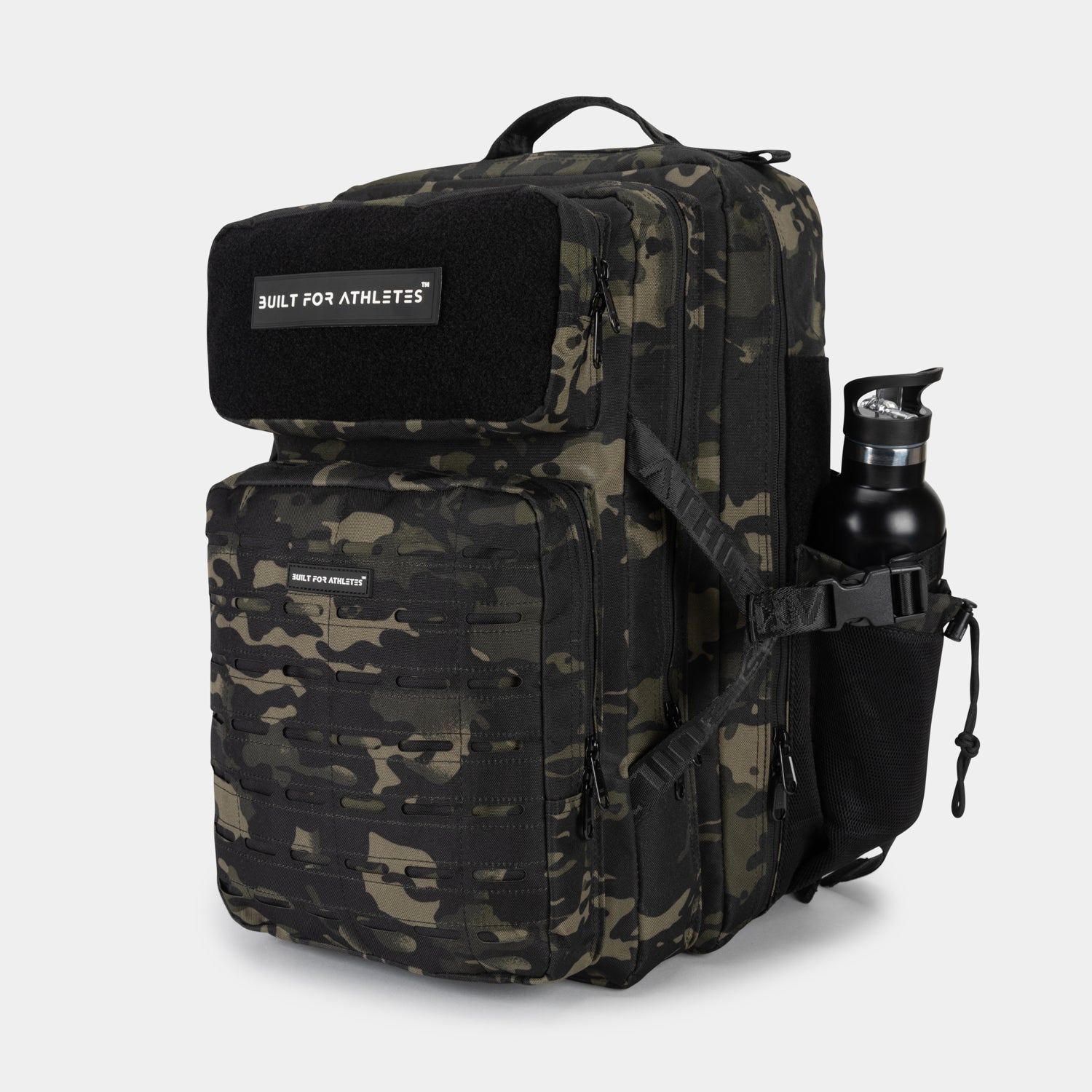
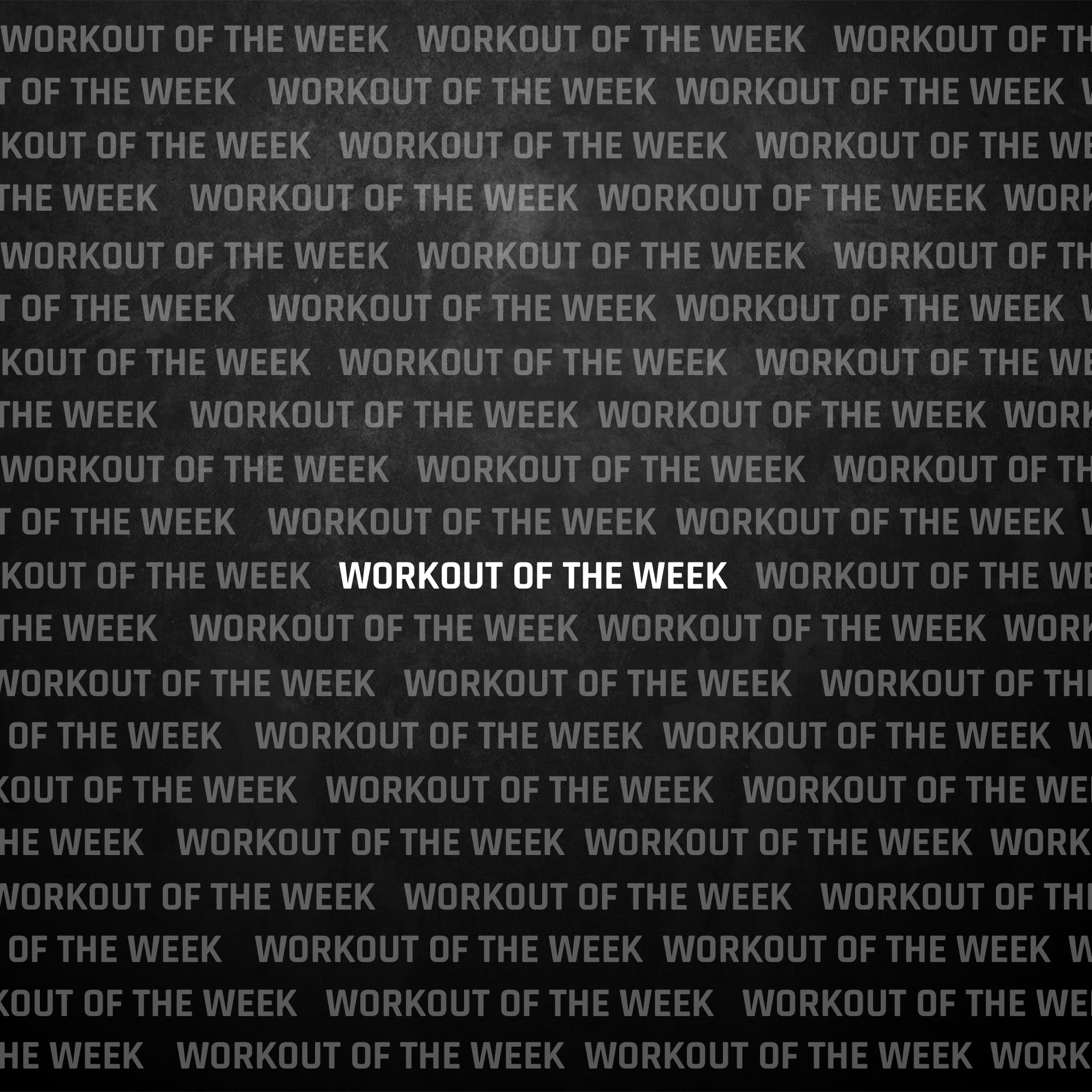
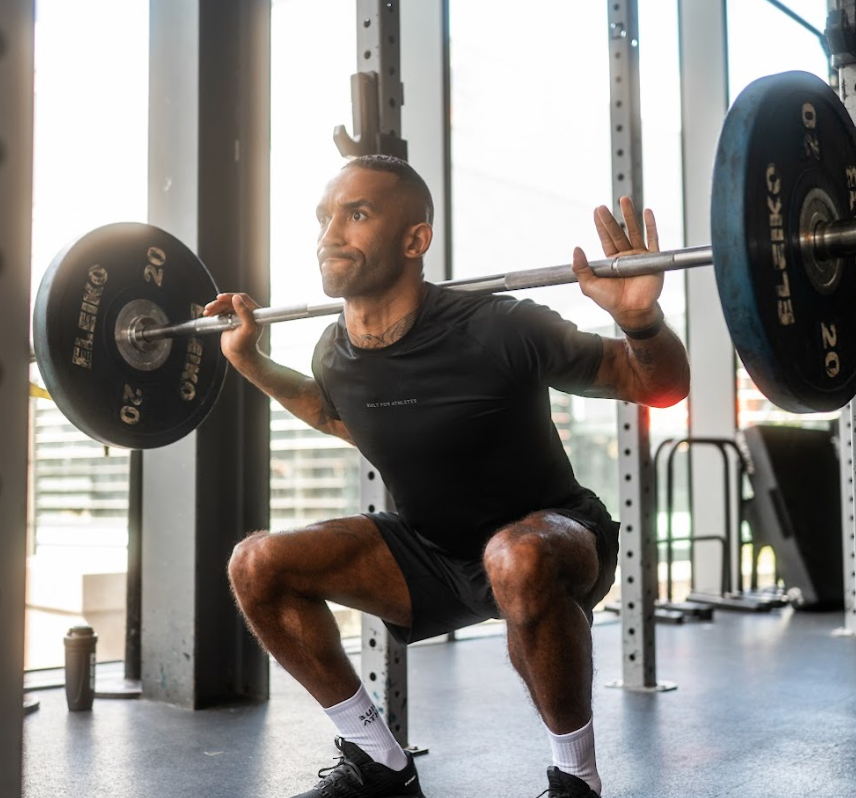
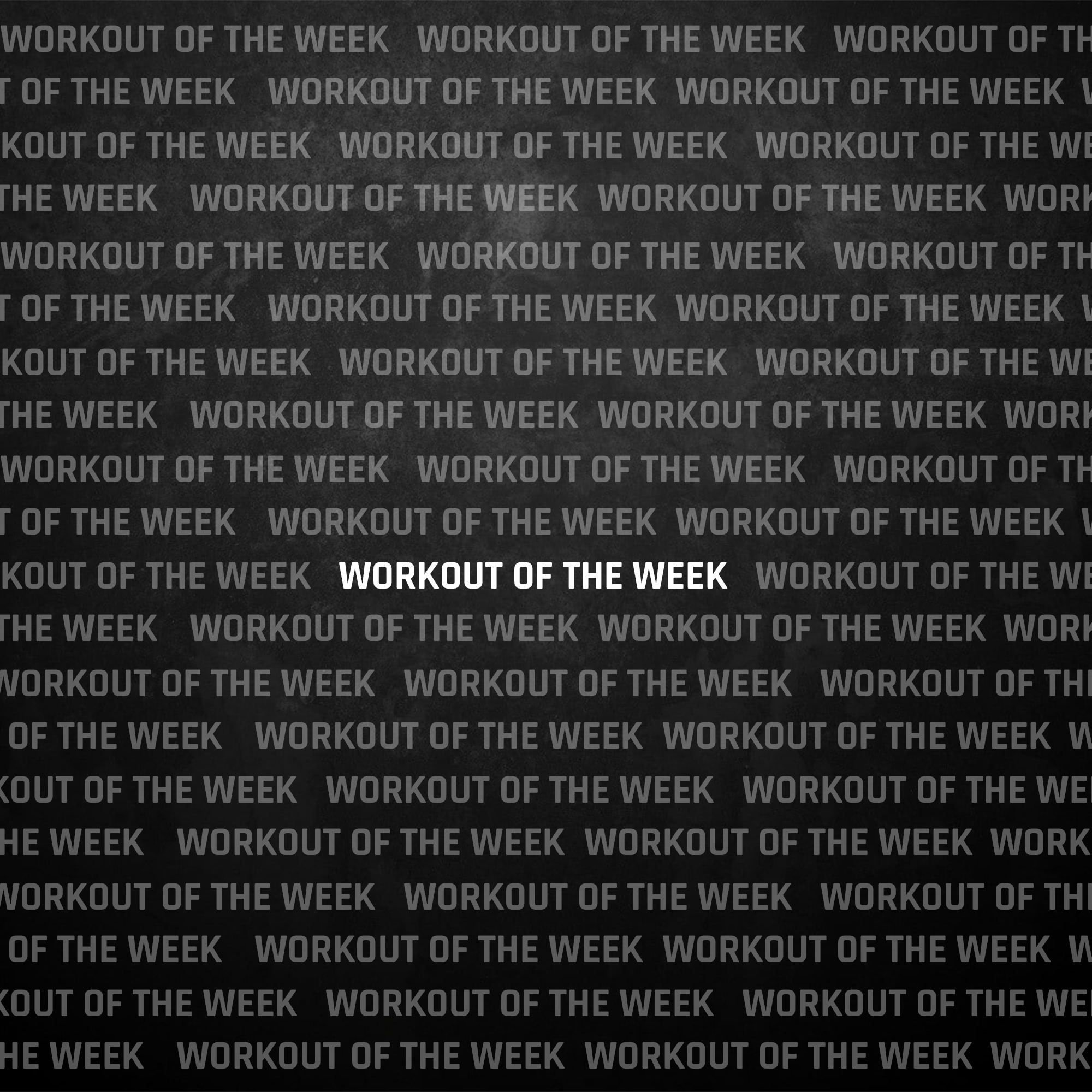
Share:
CrossFit Games Dates Revealed
5 Benefits Of Taking A Training Break